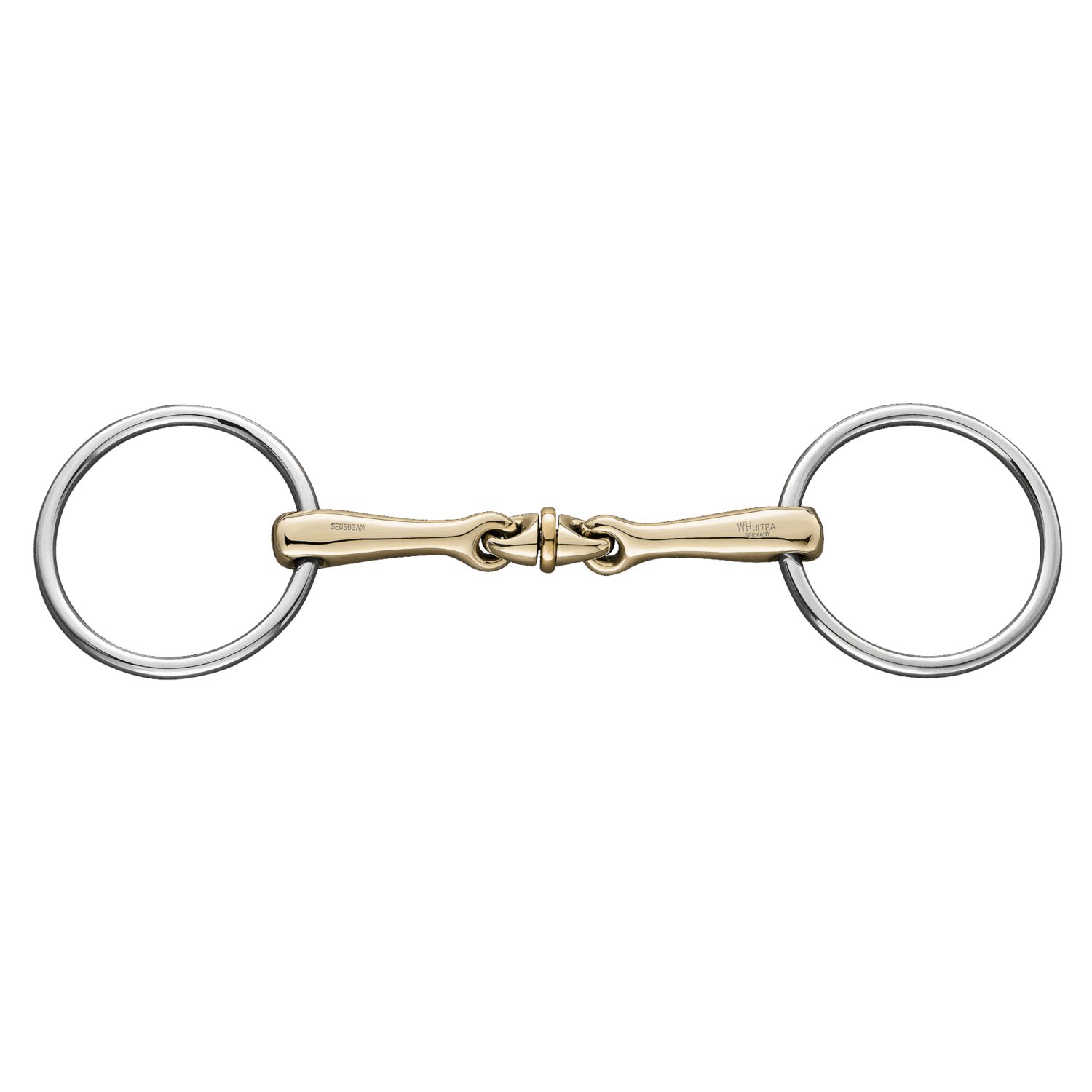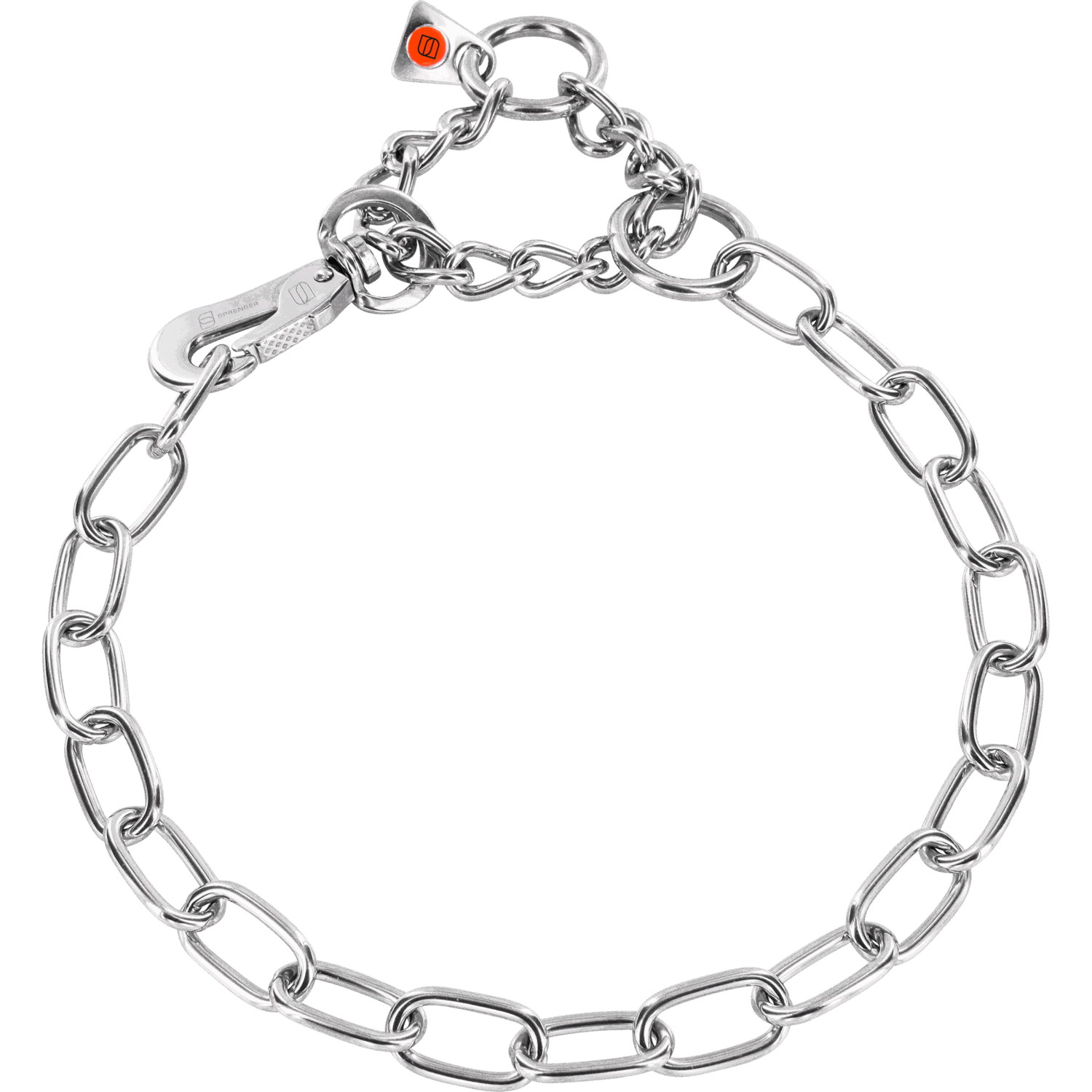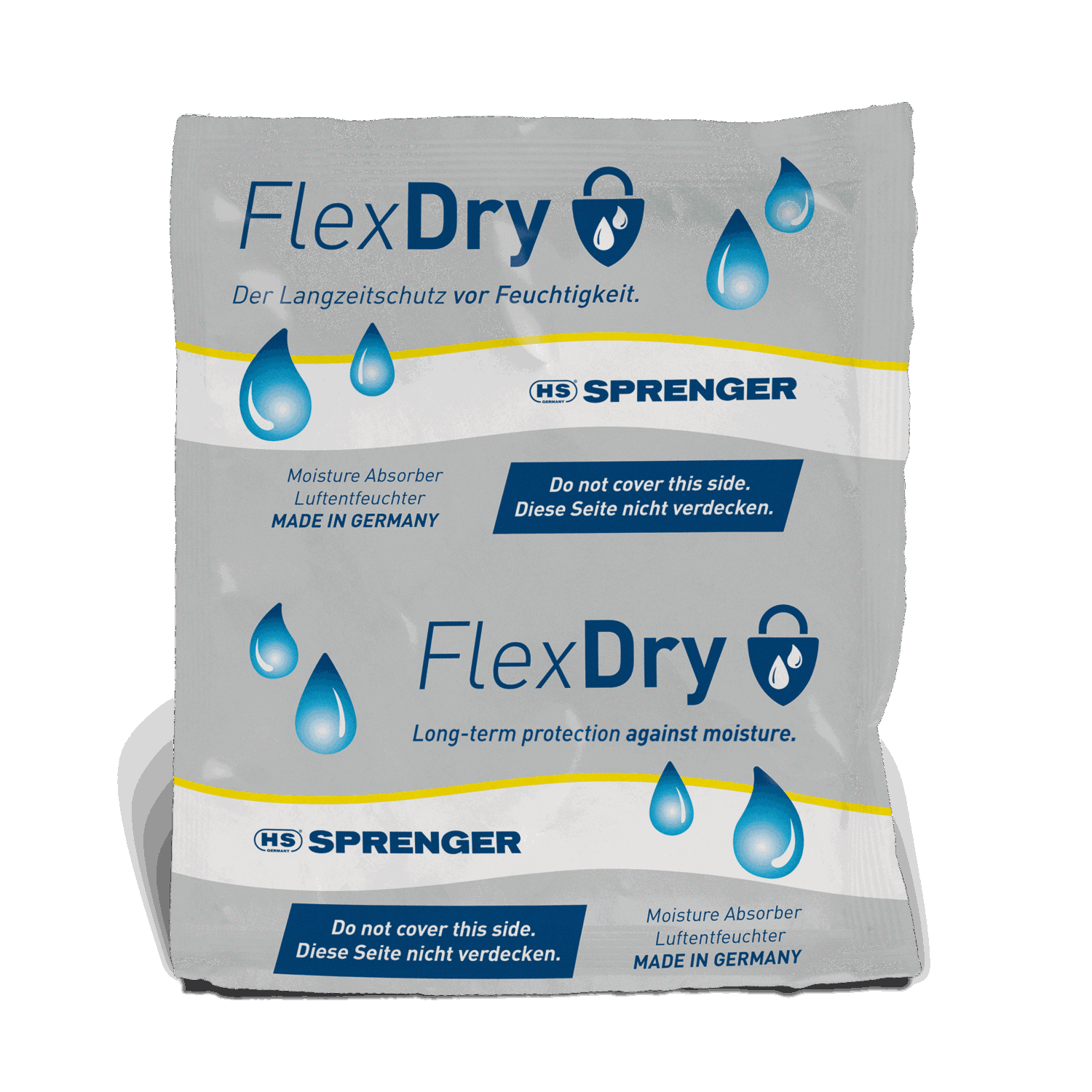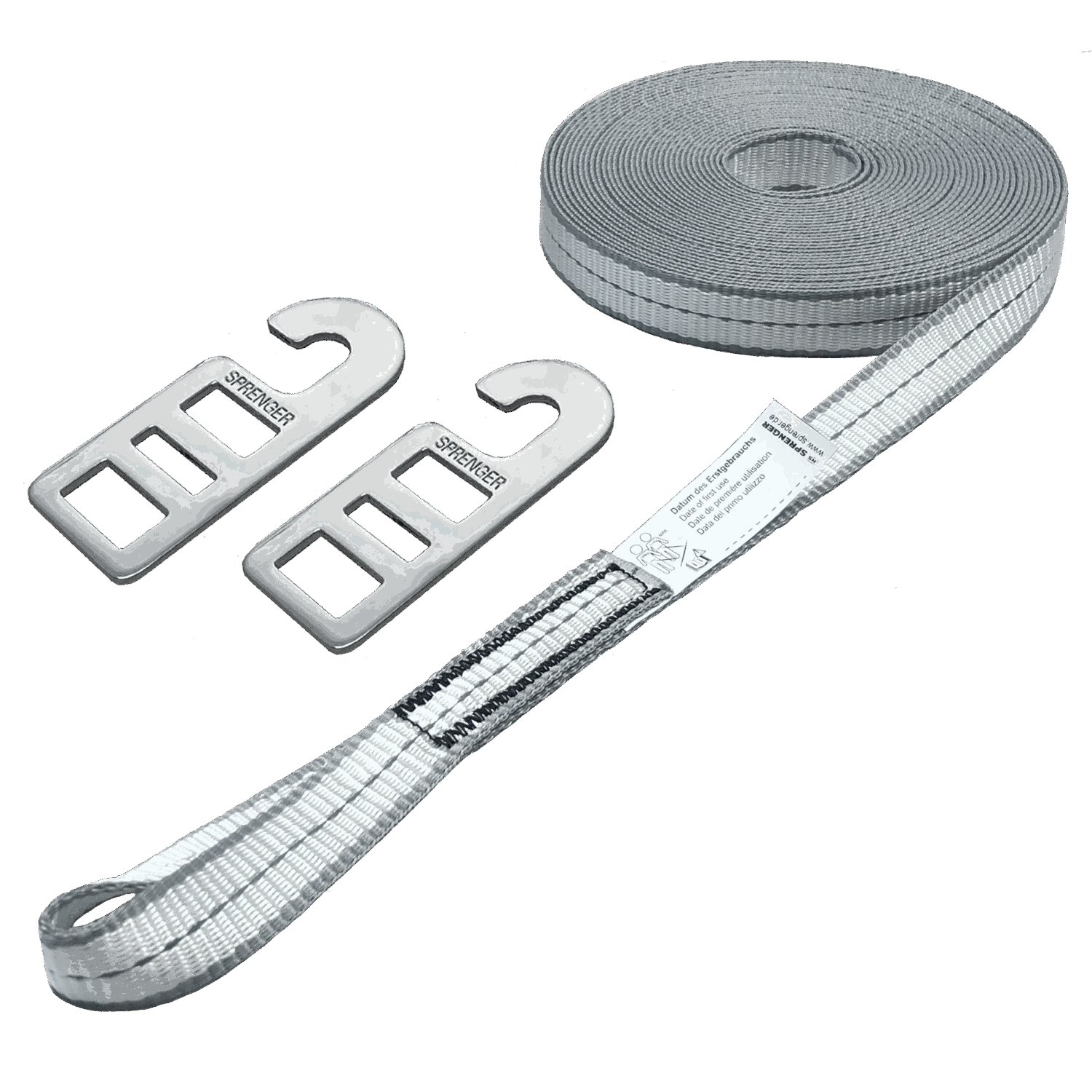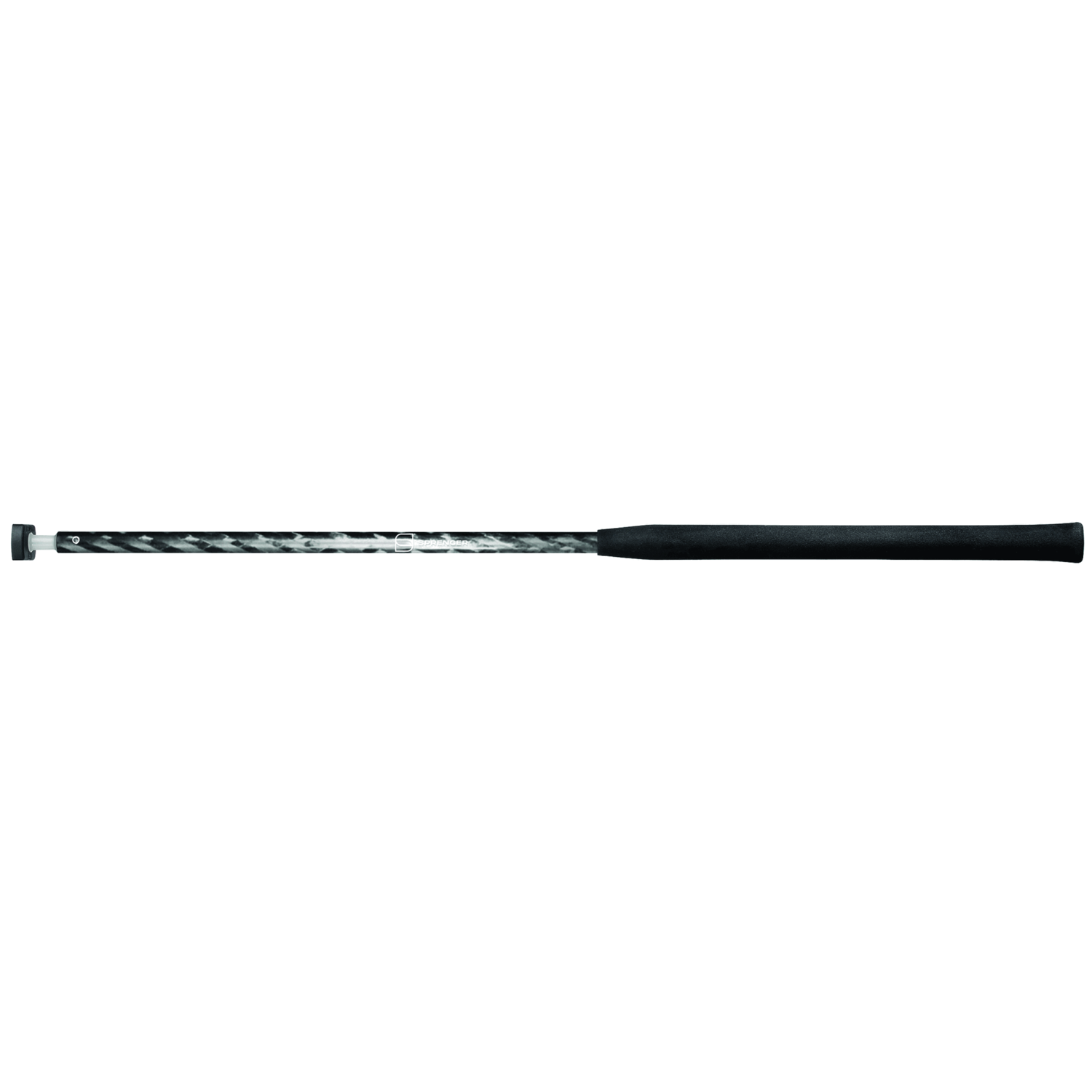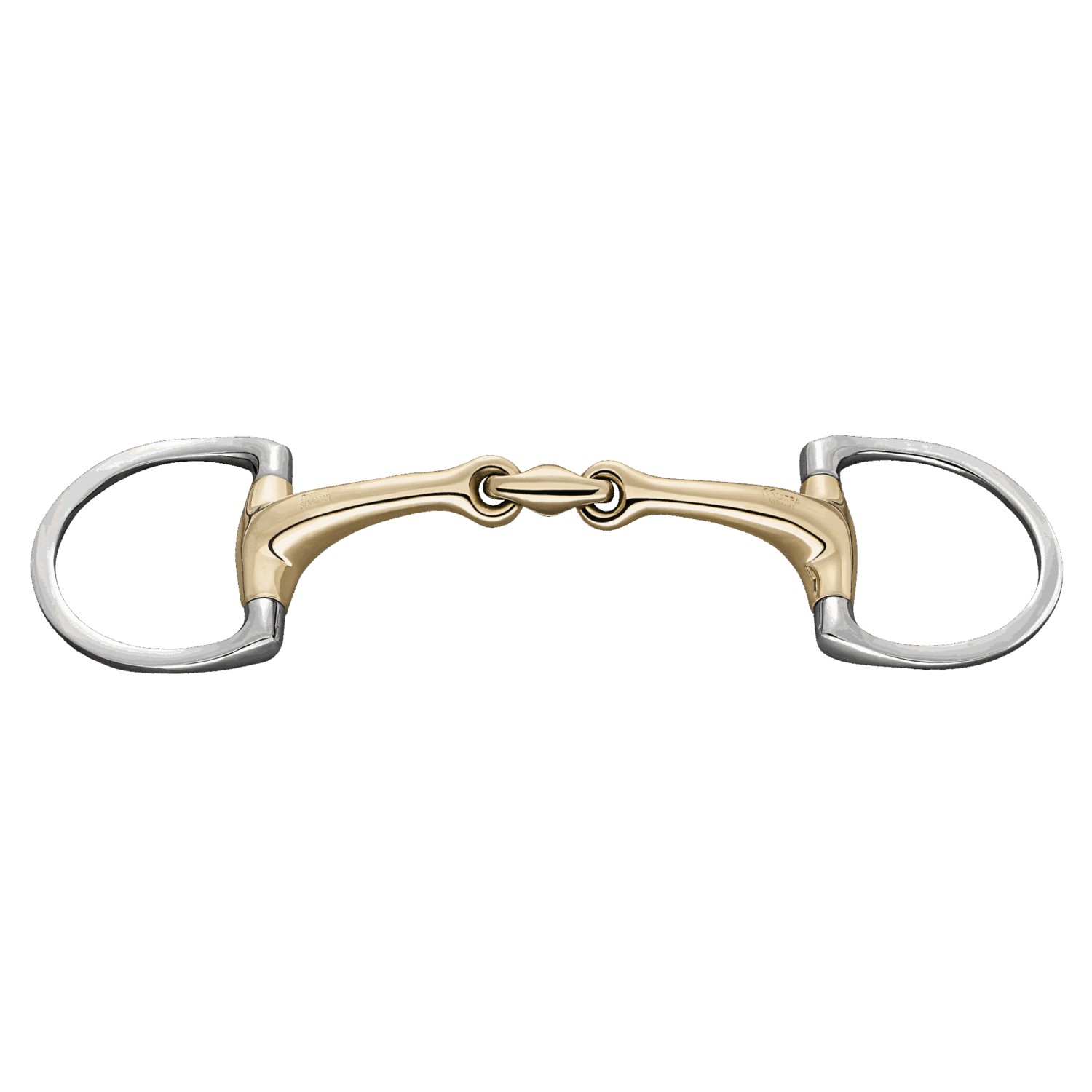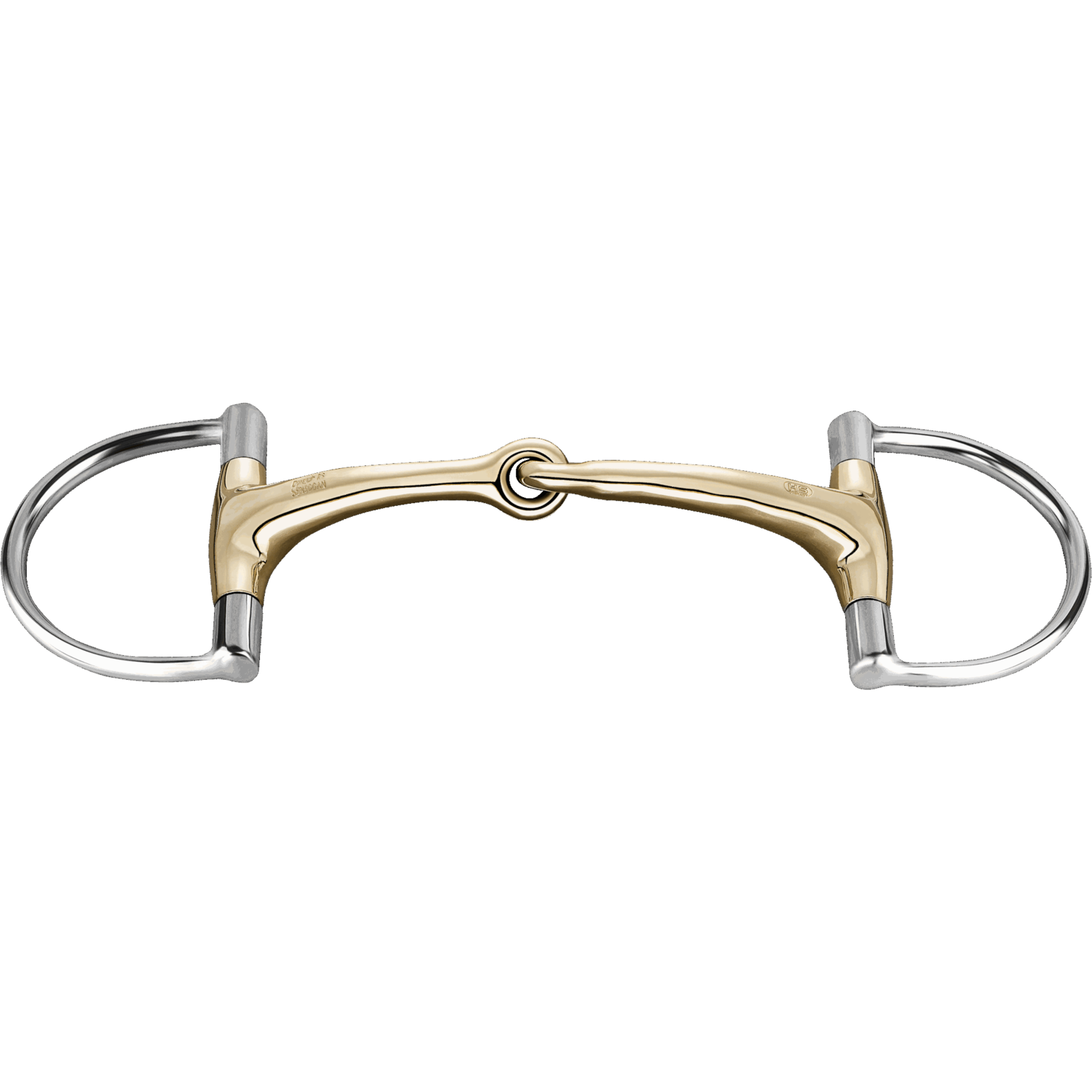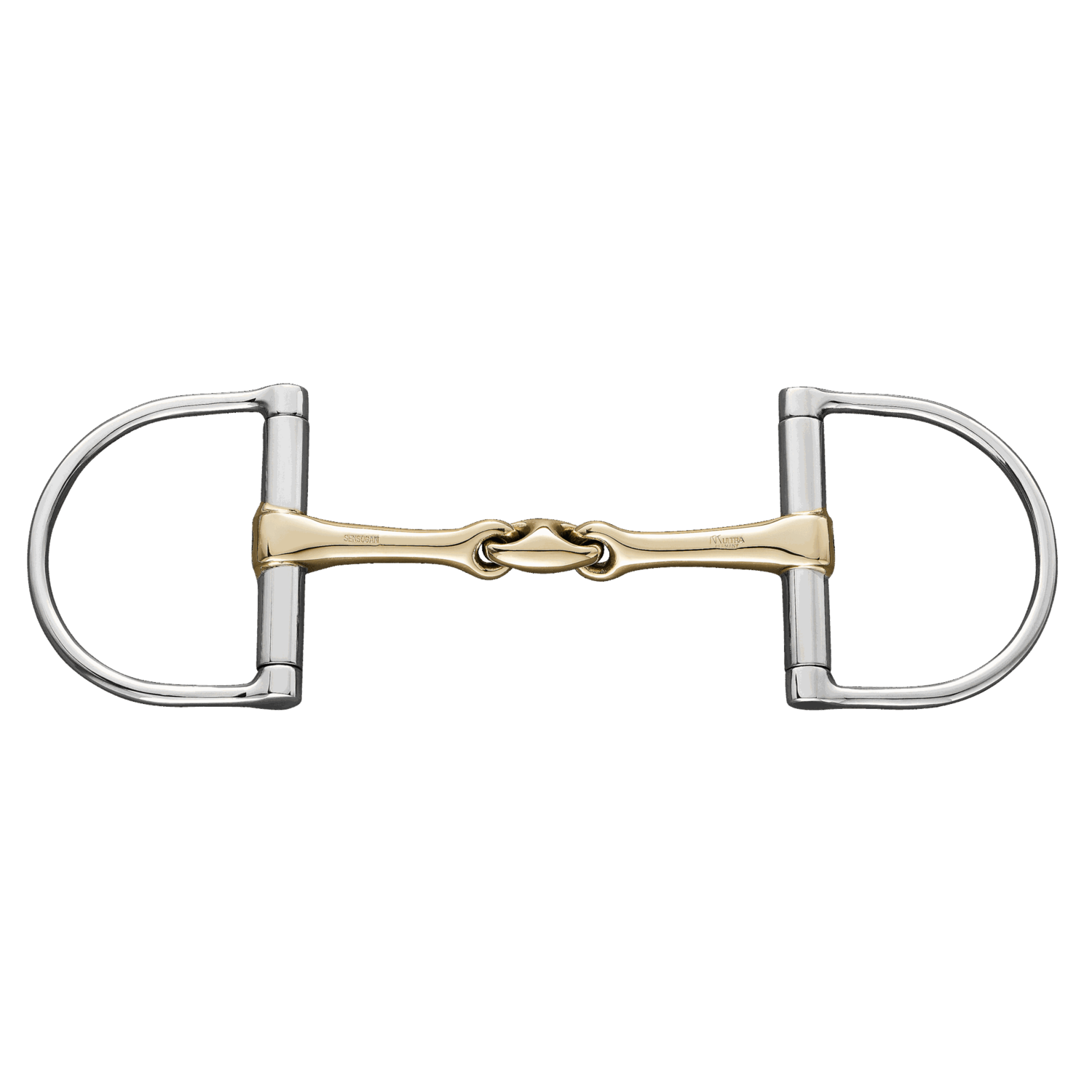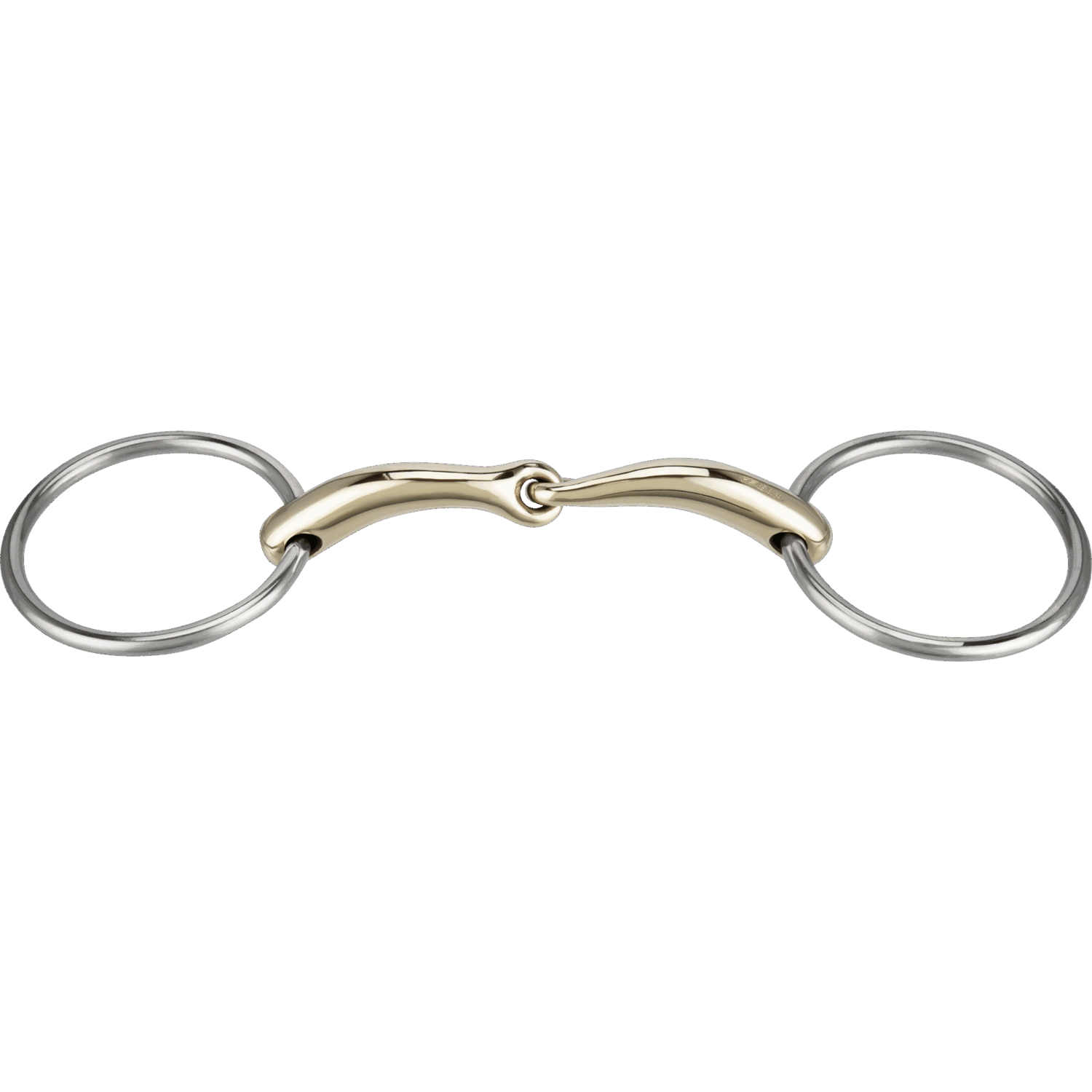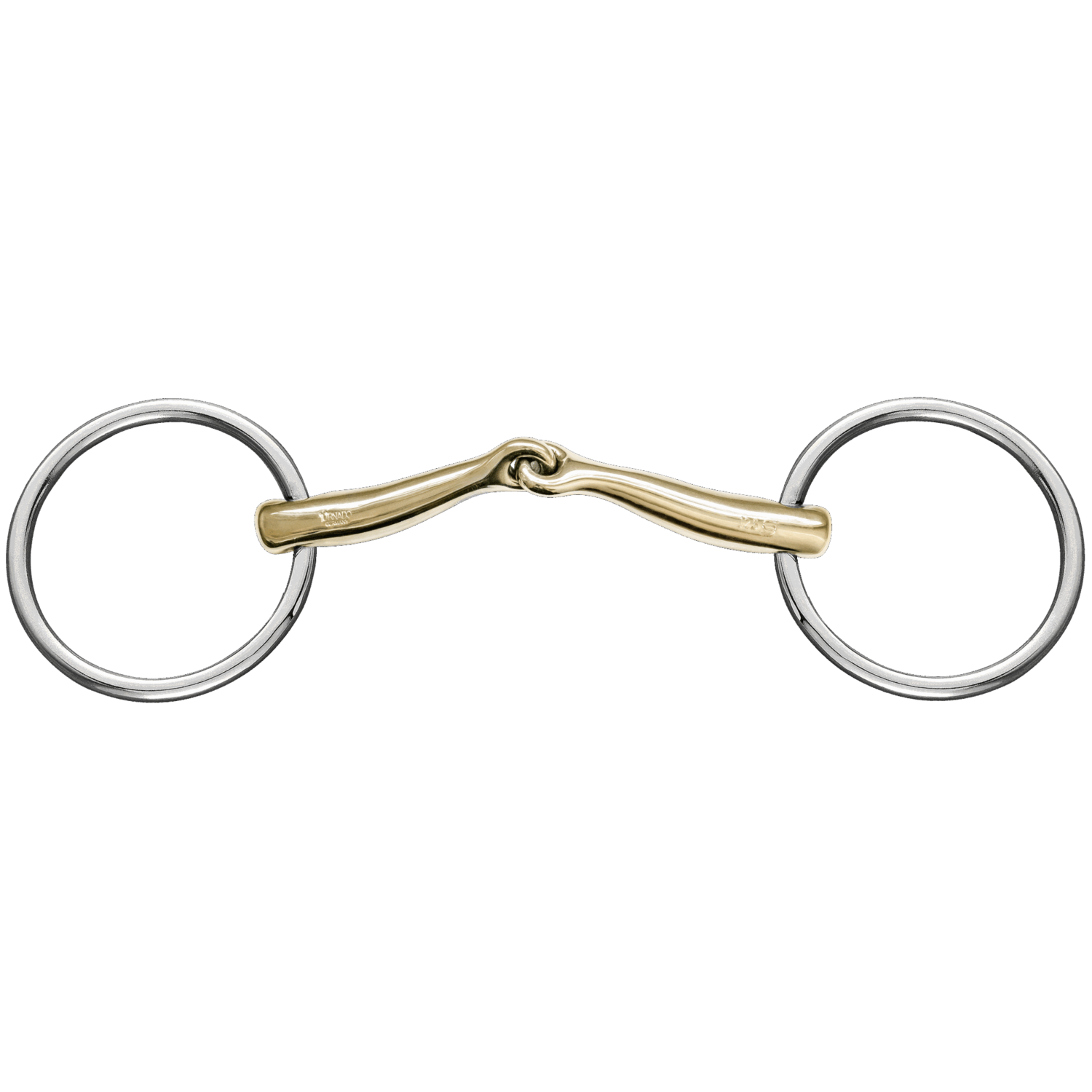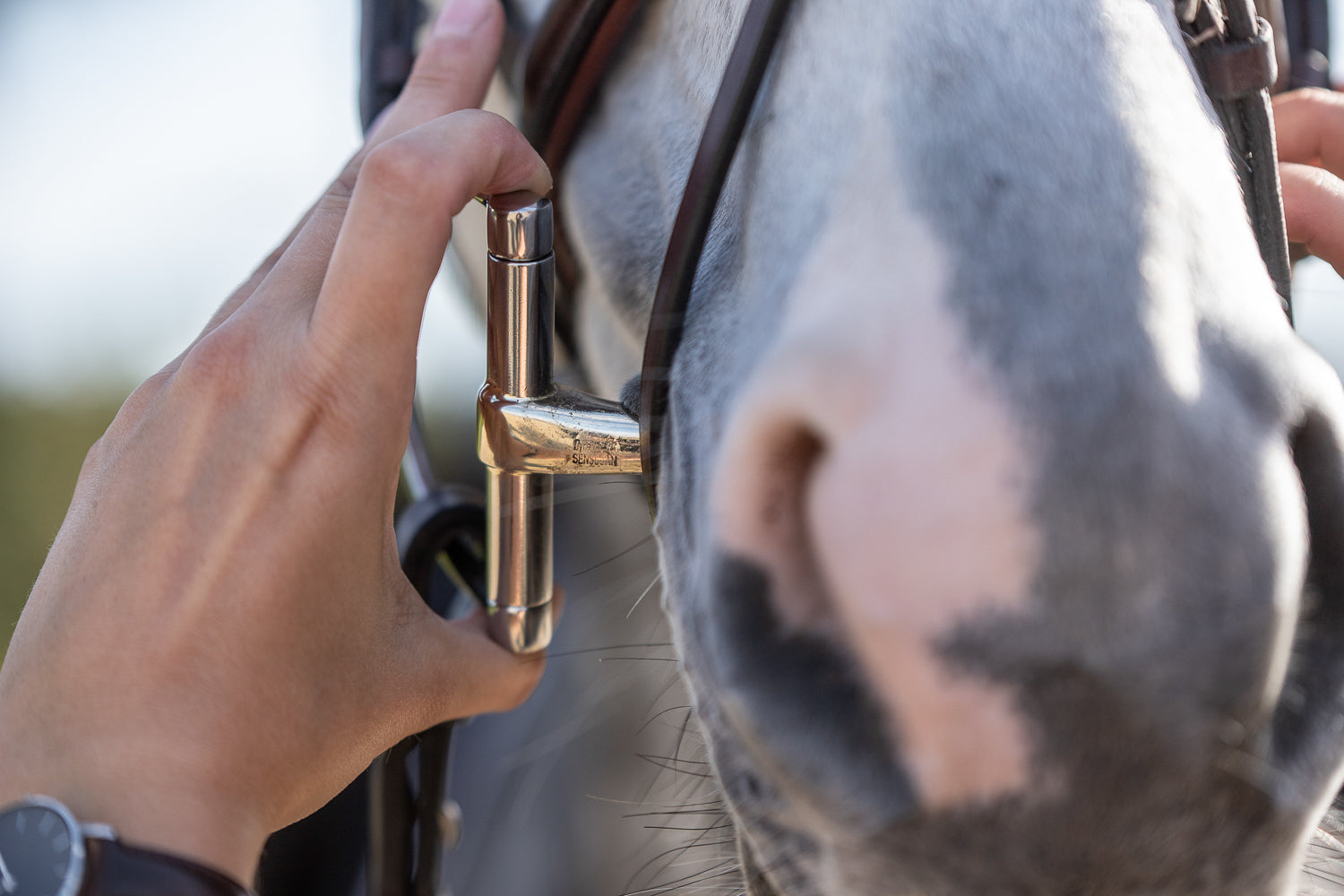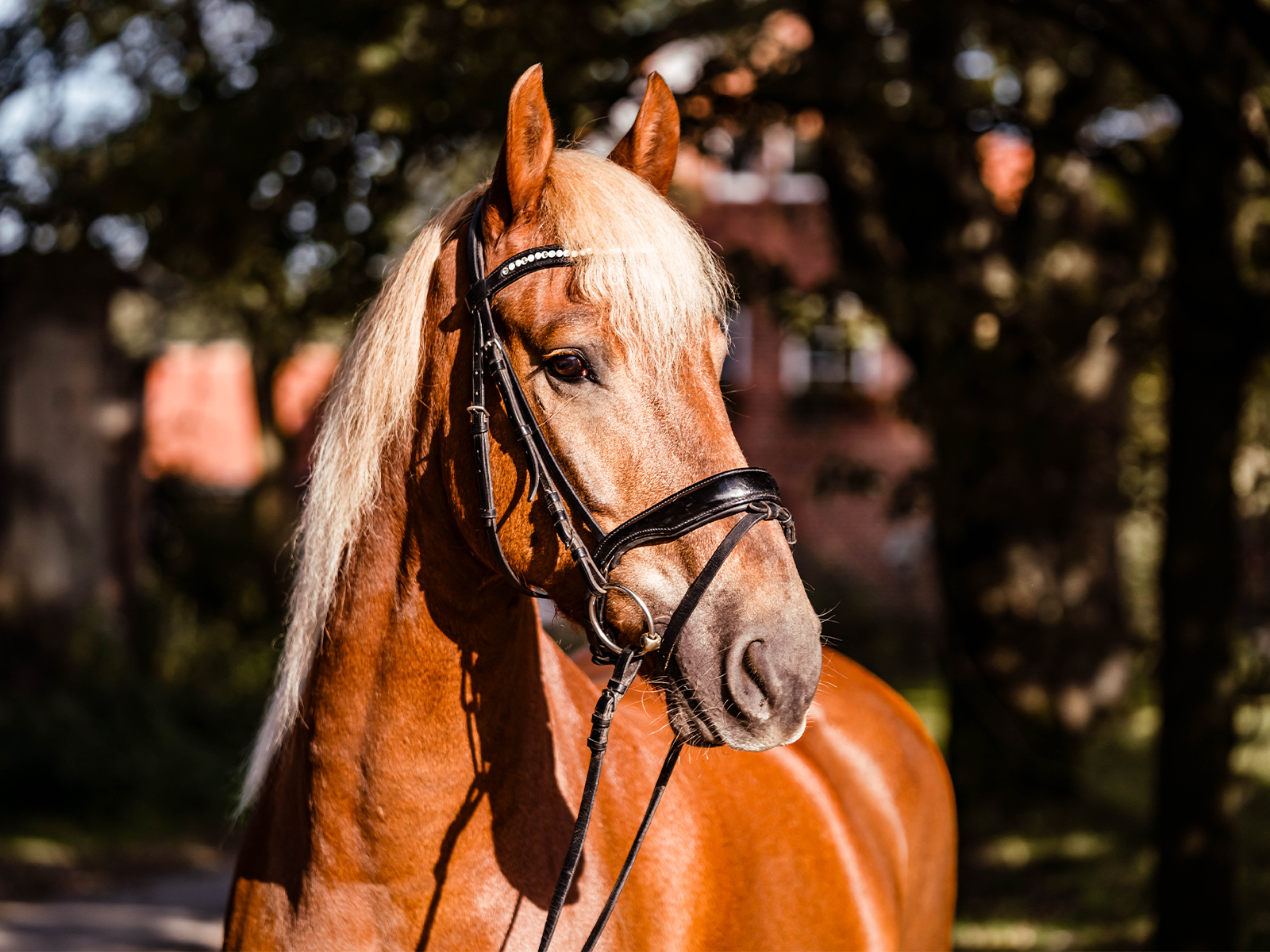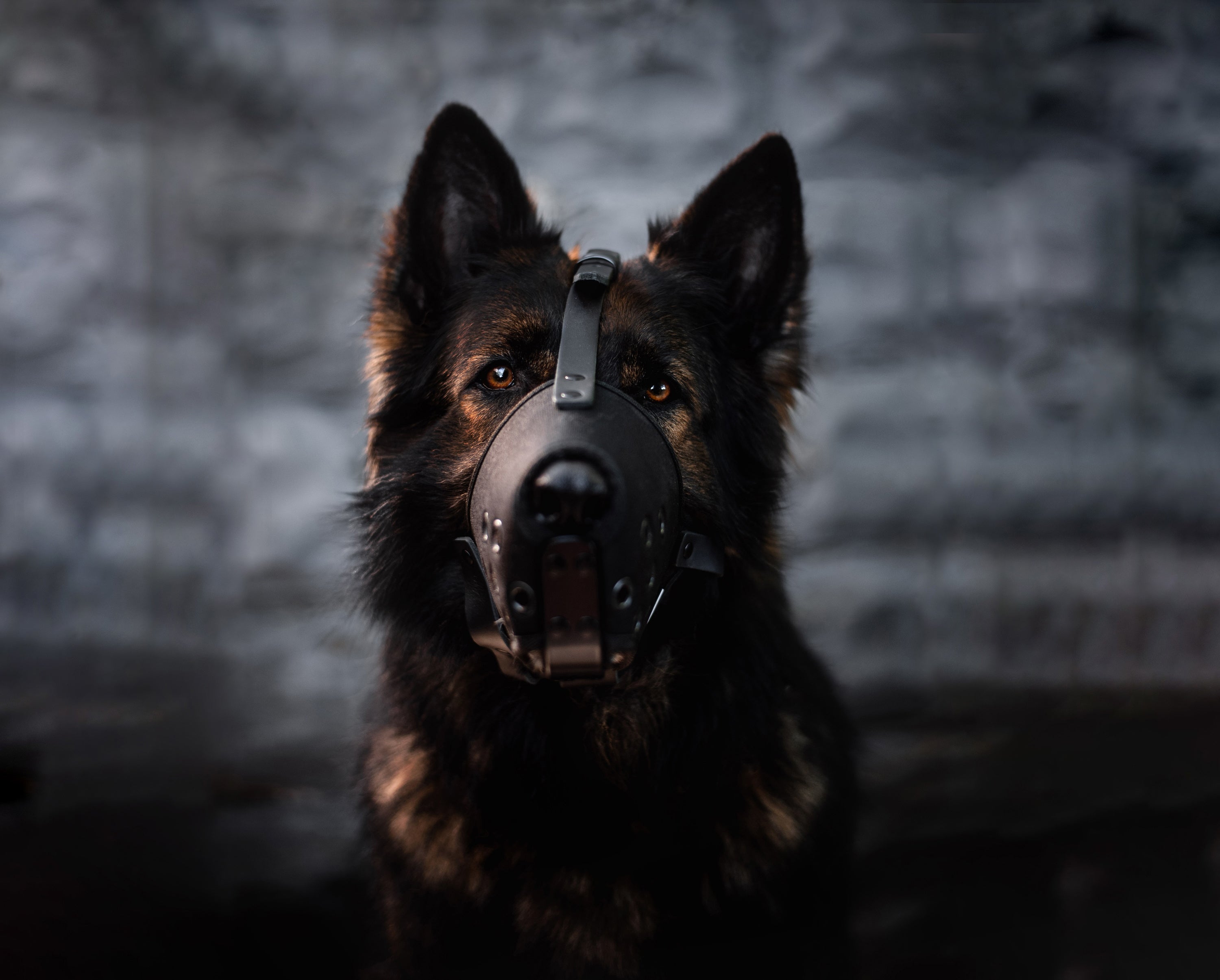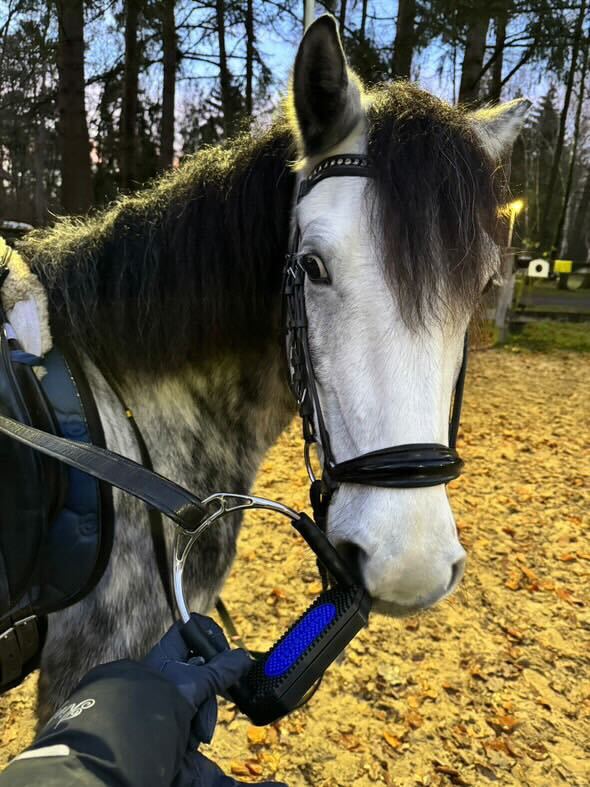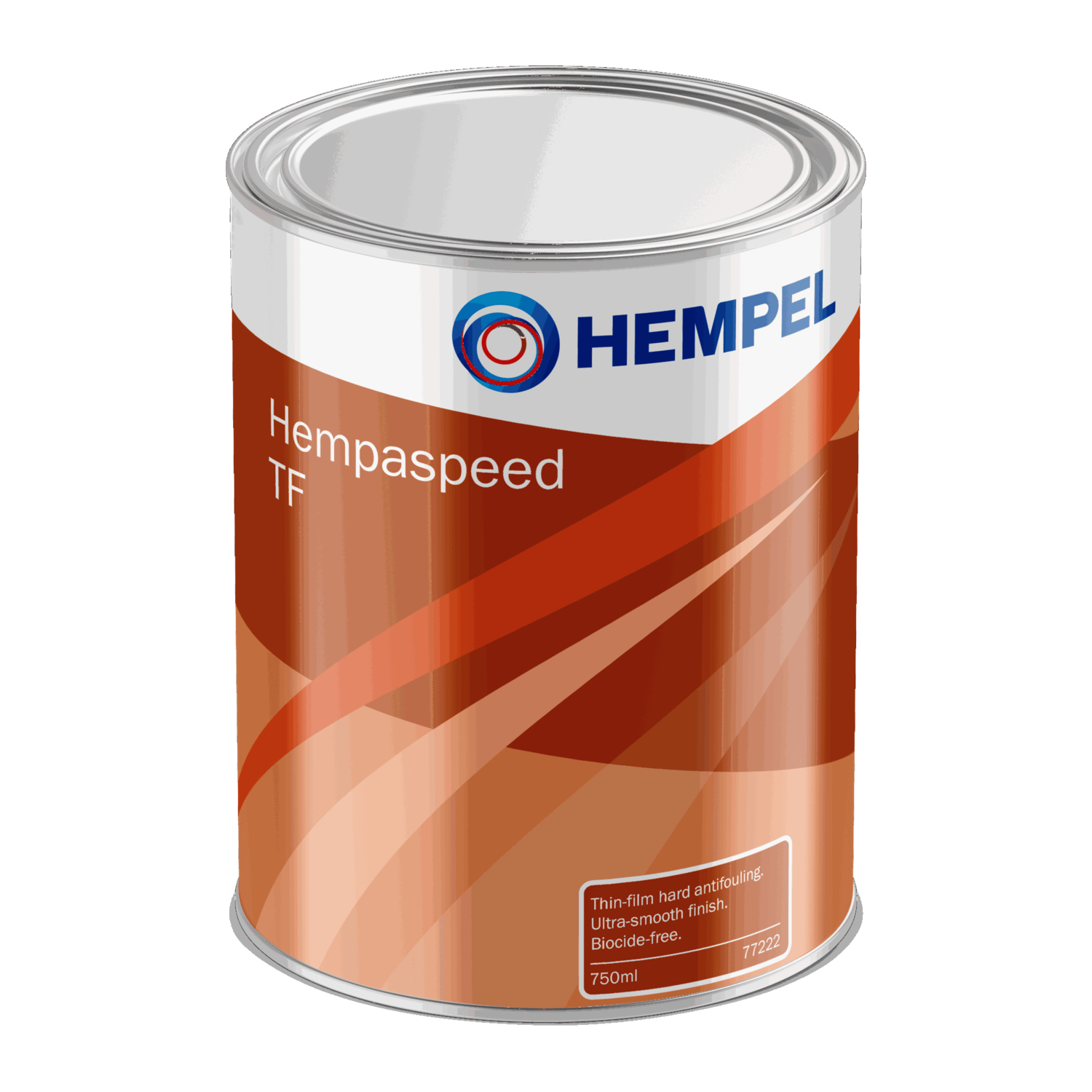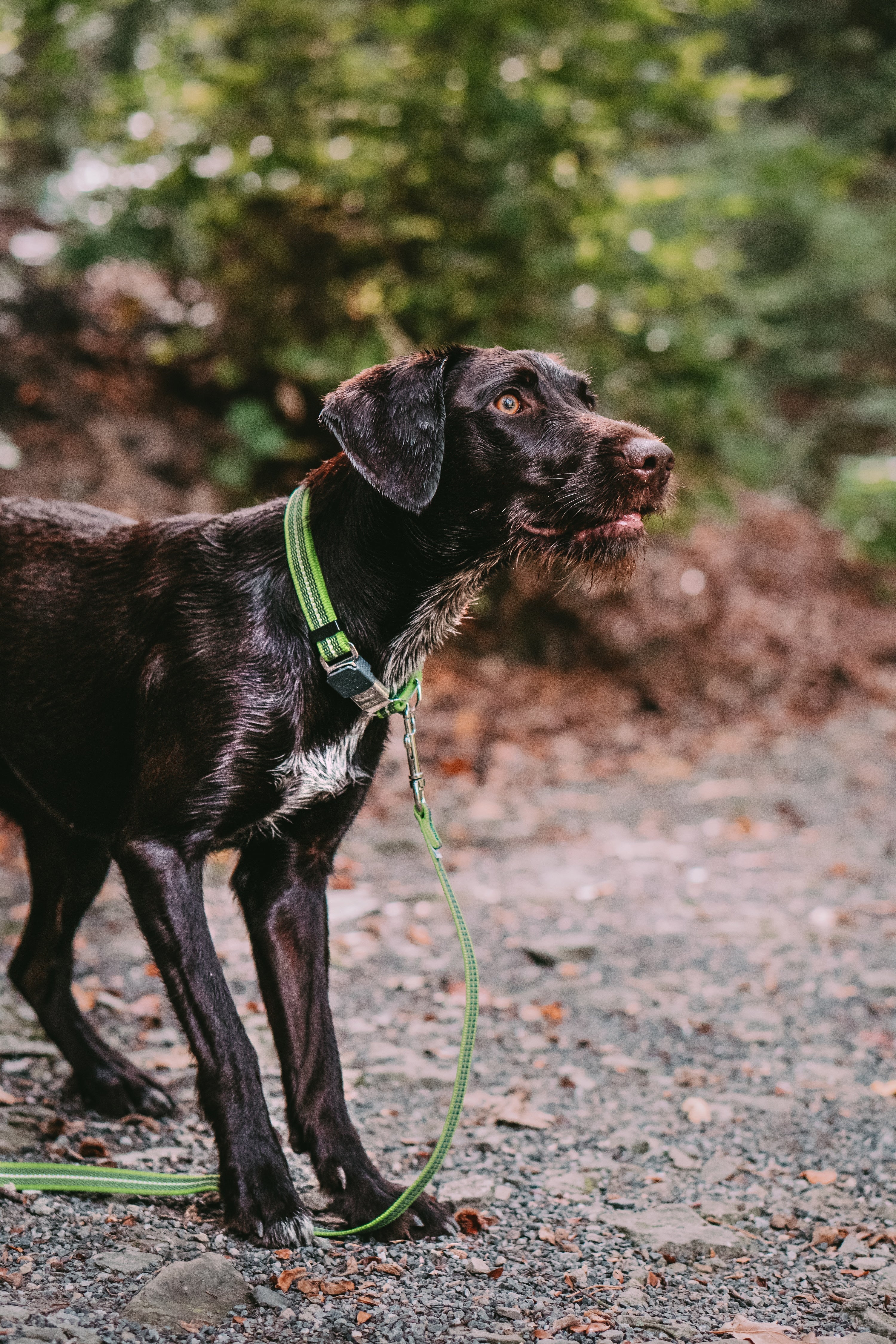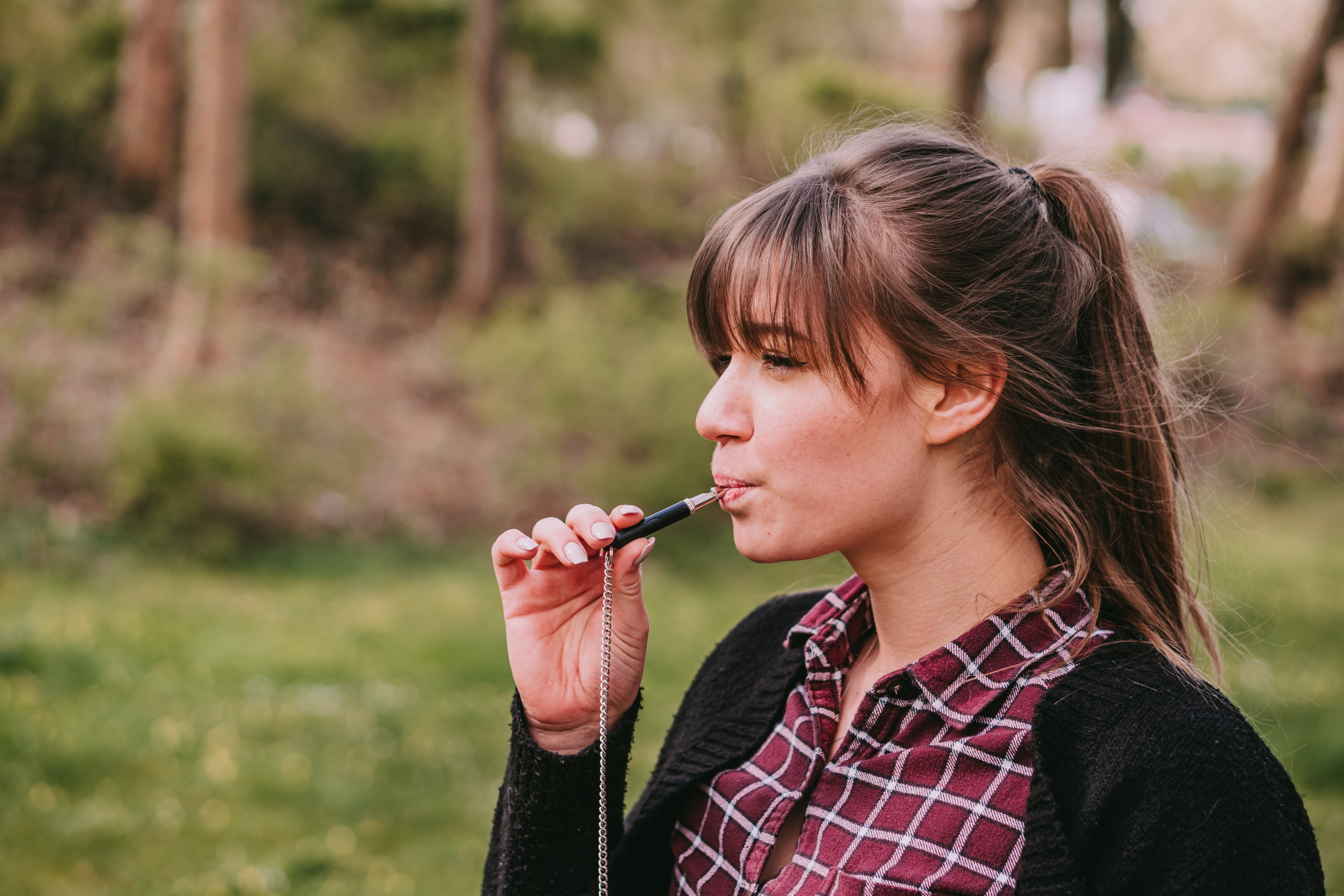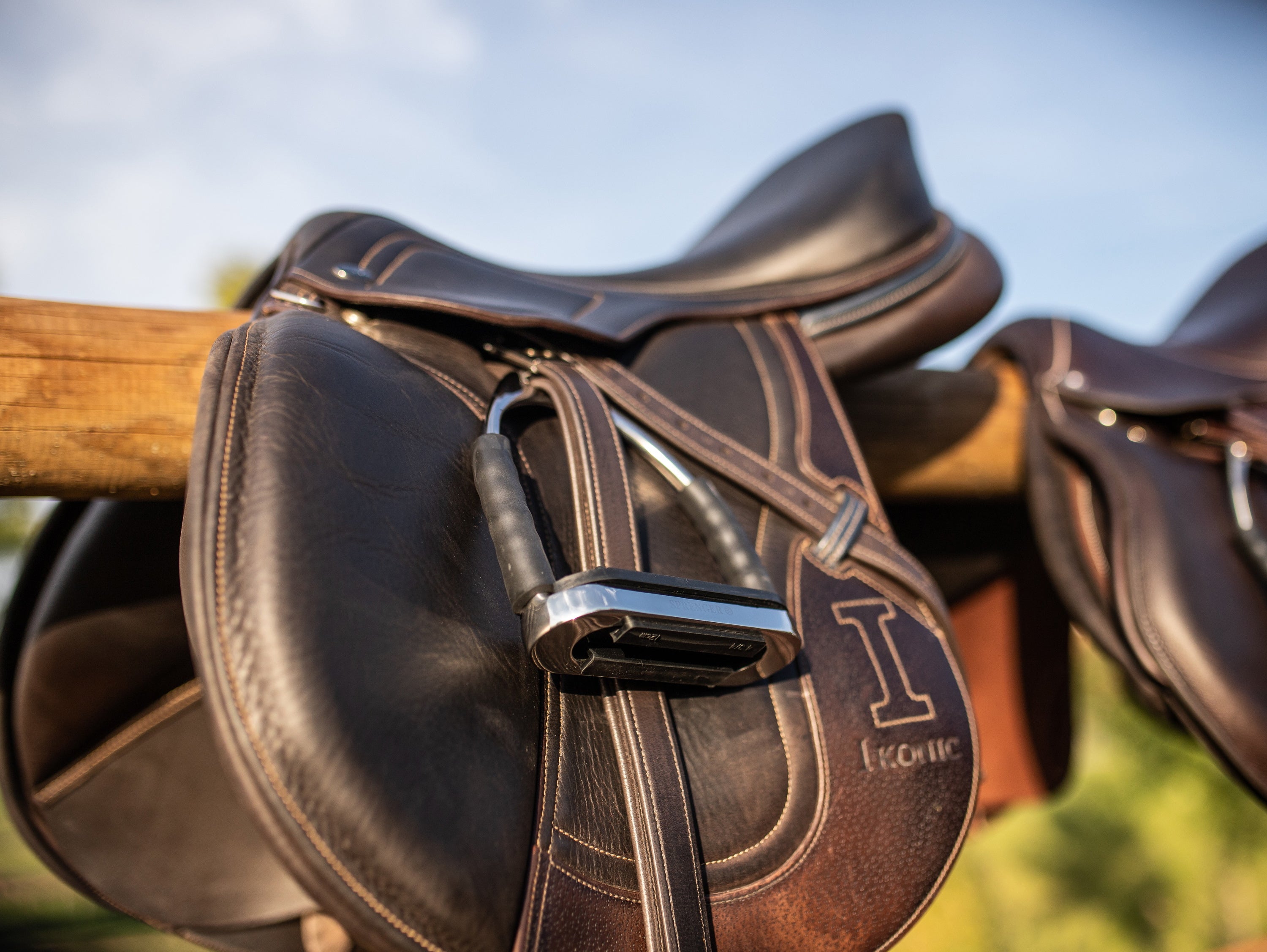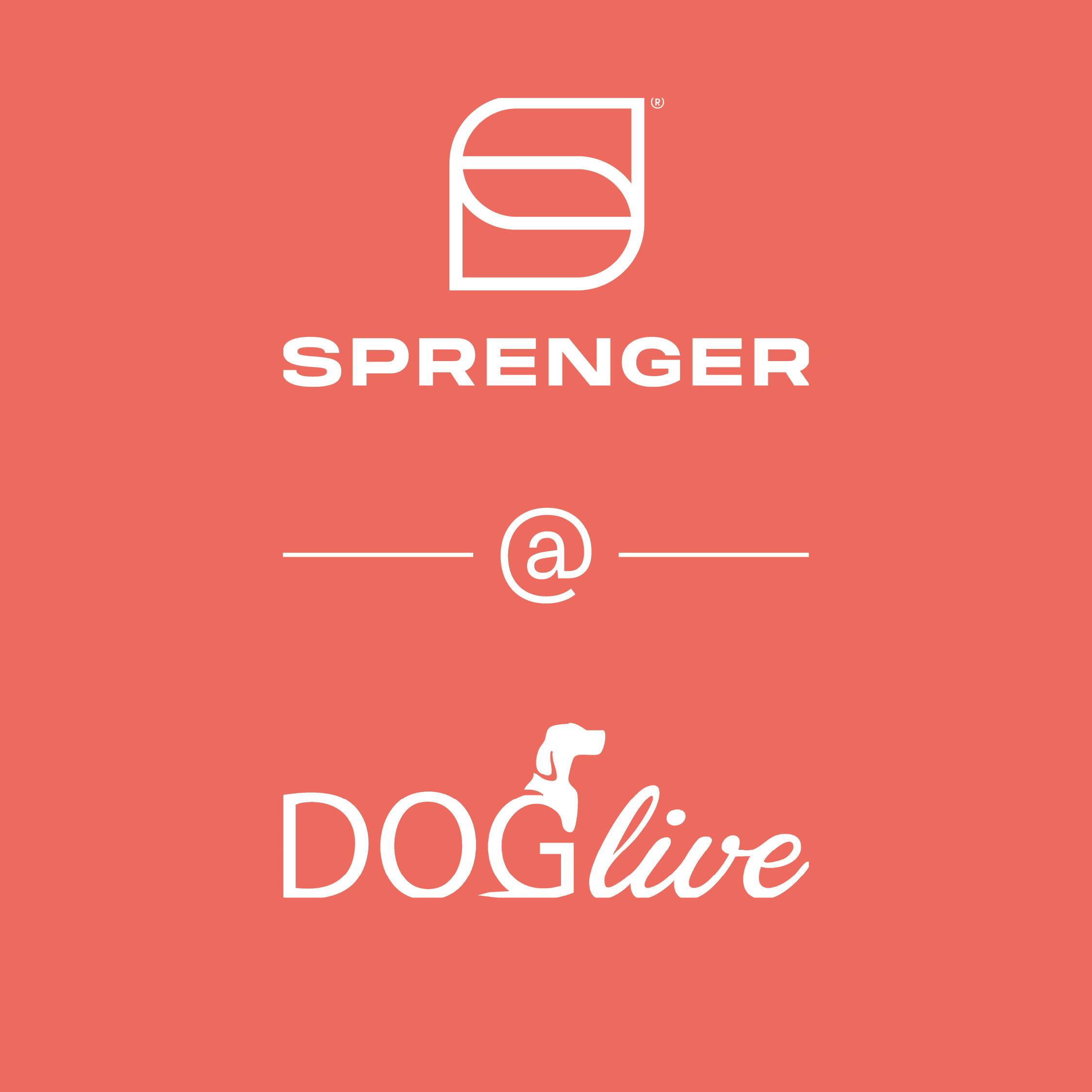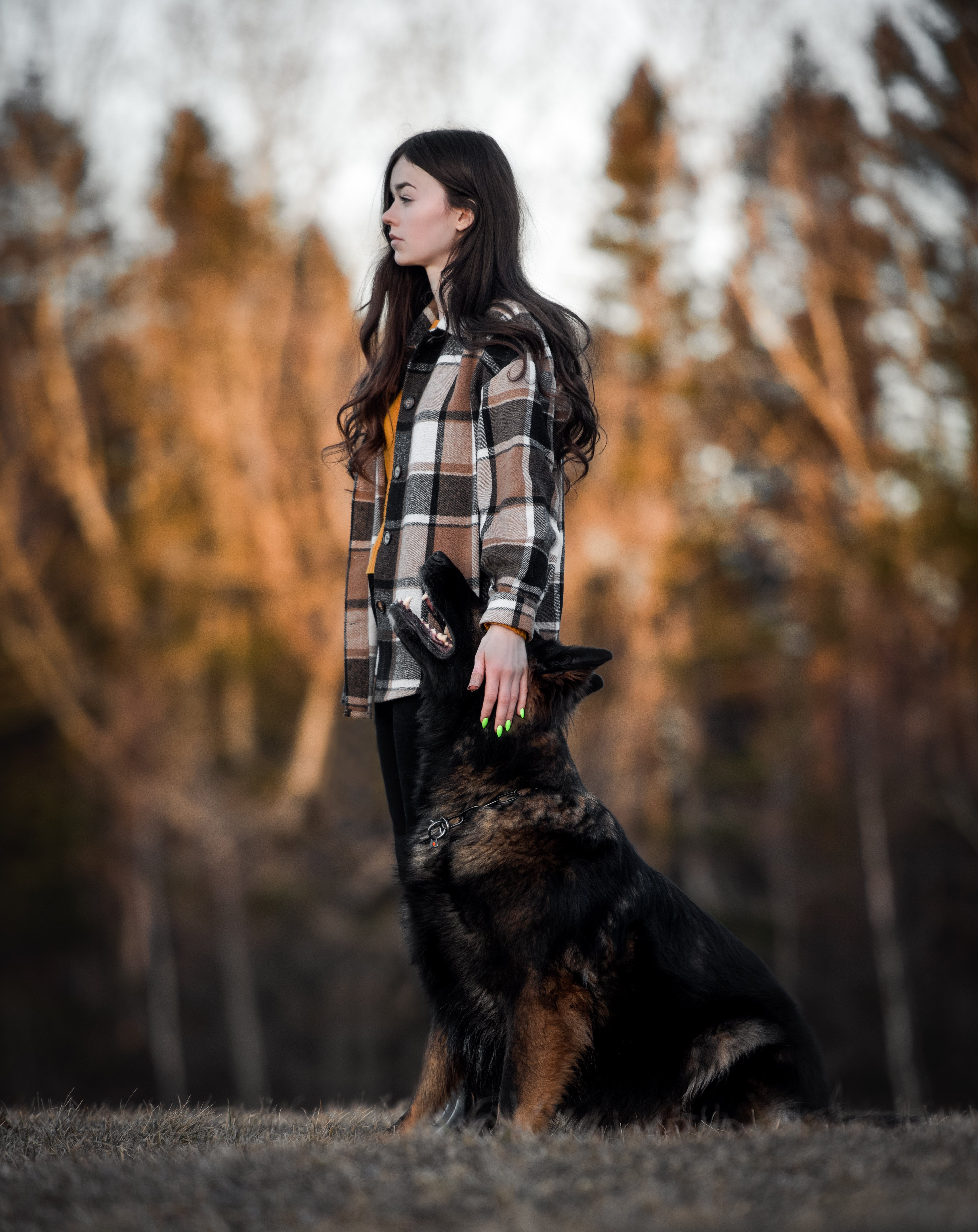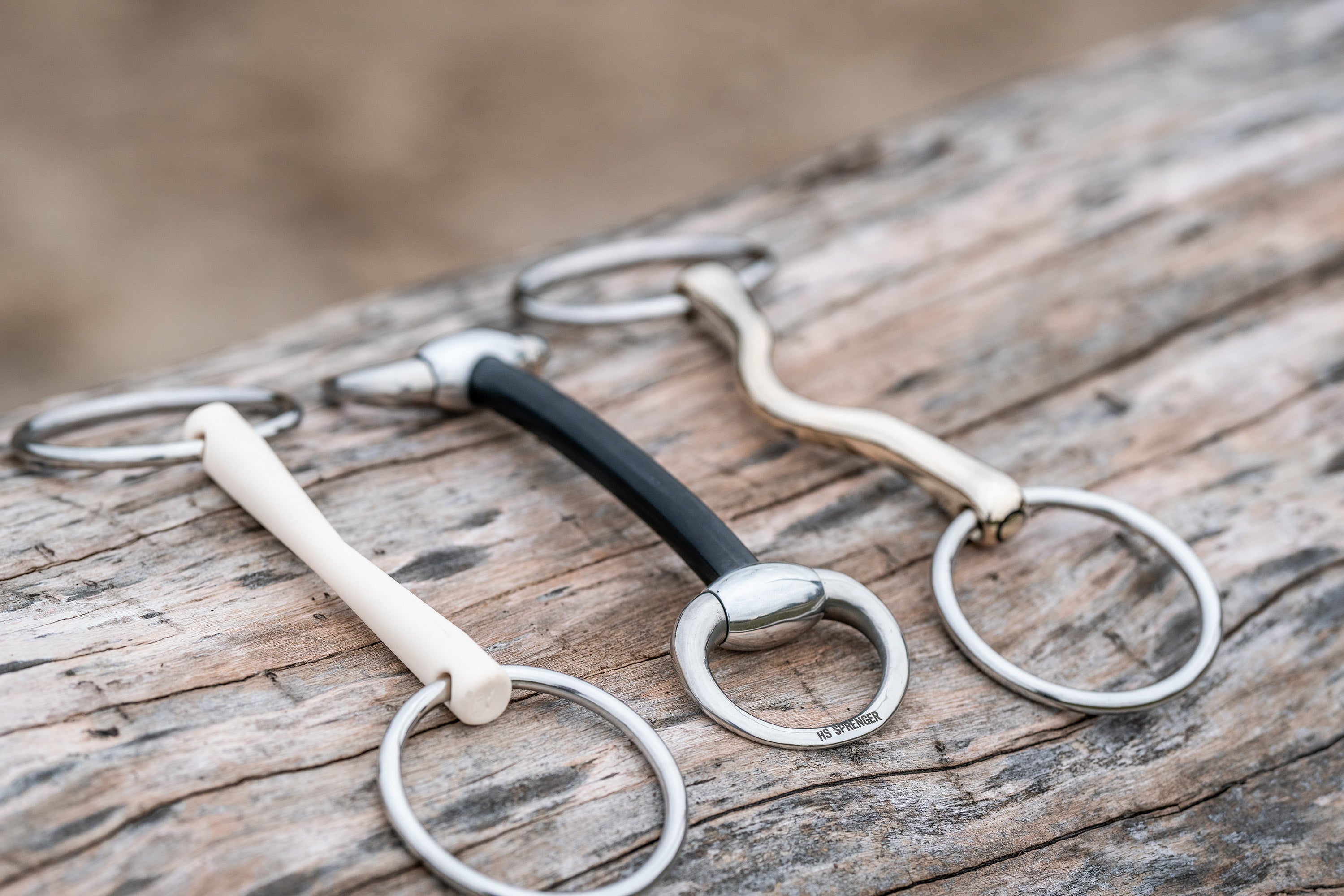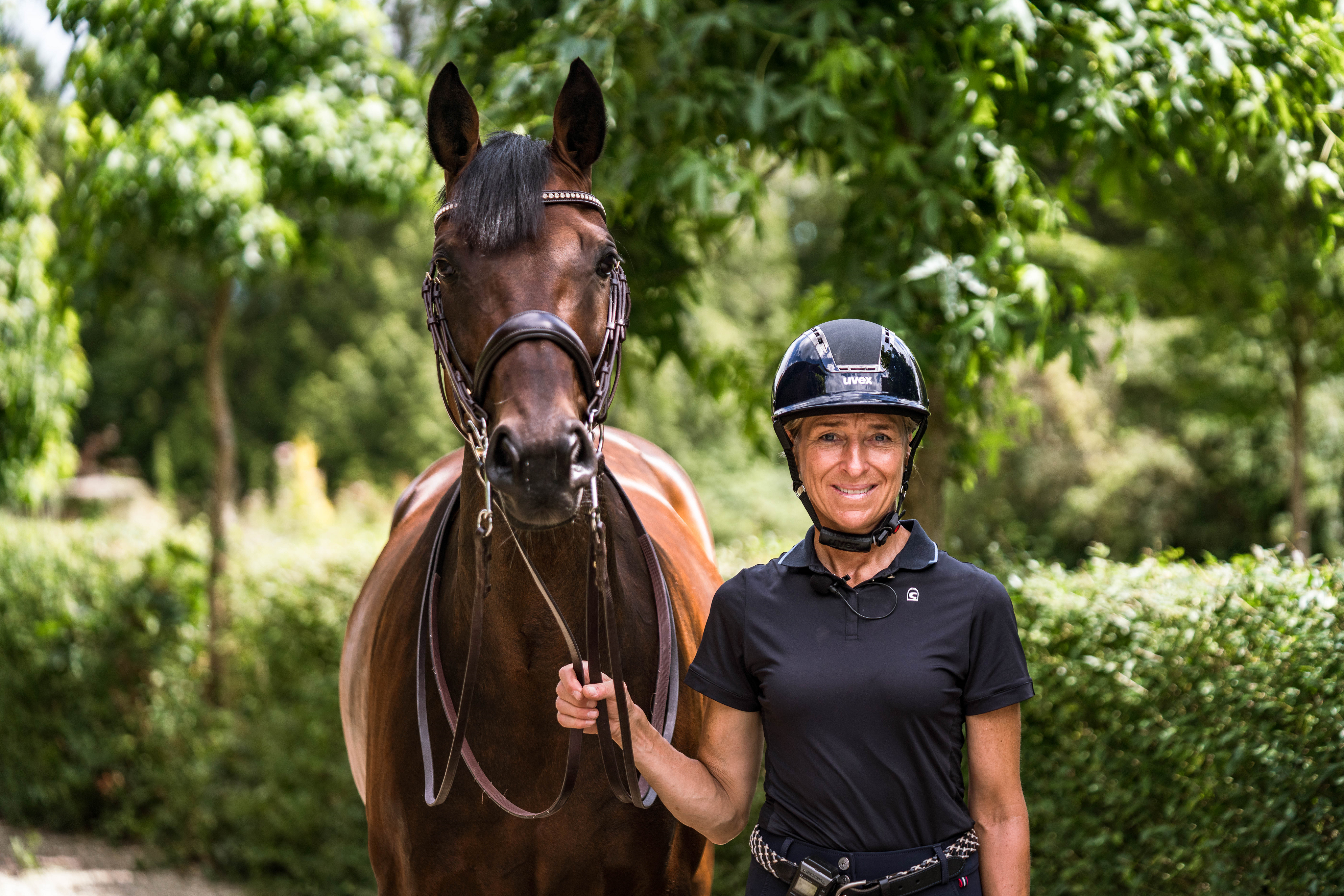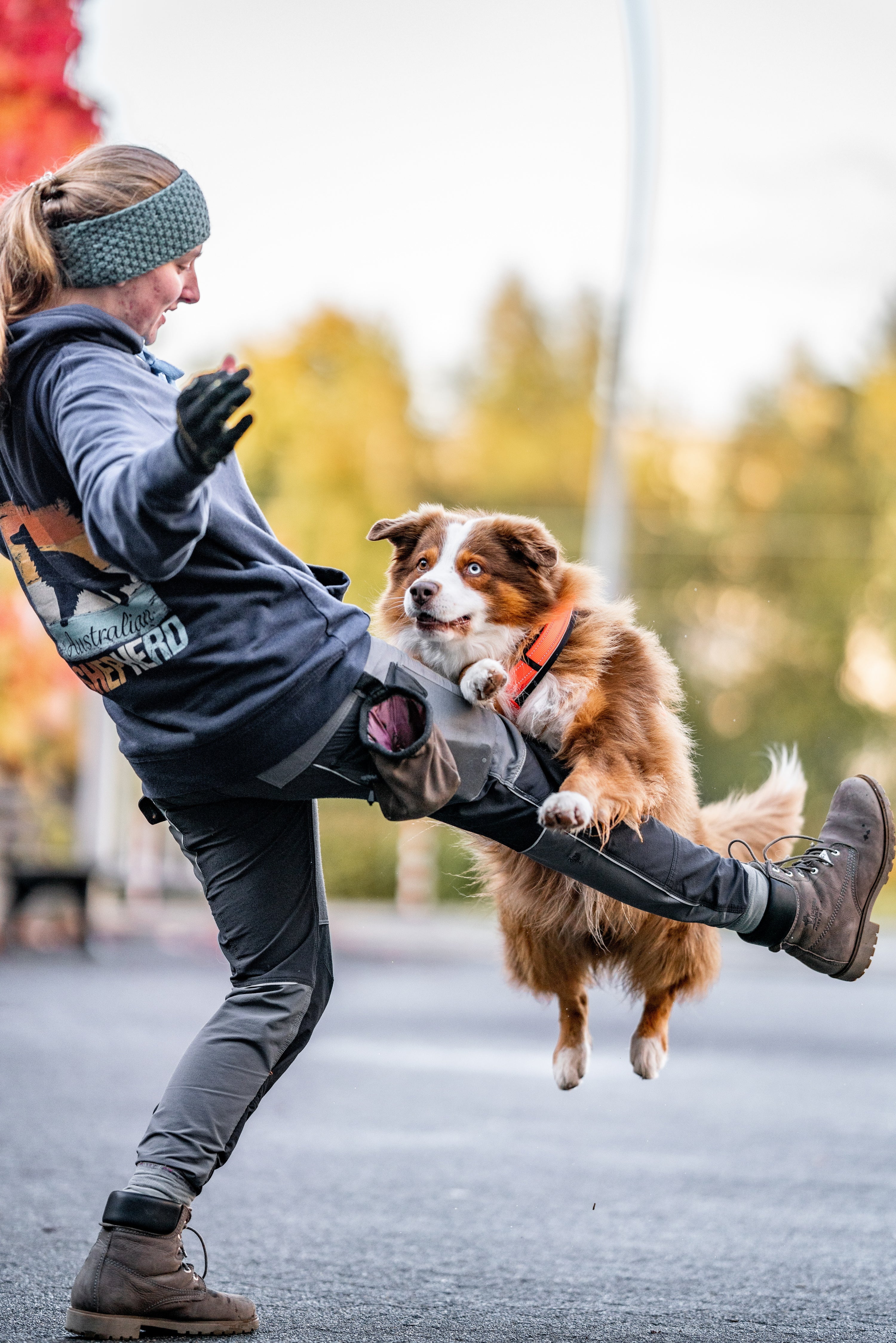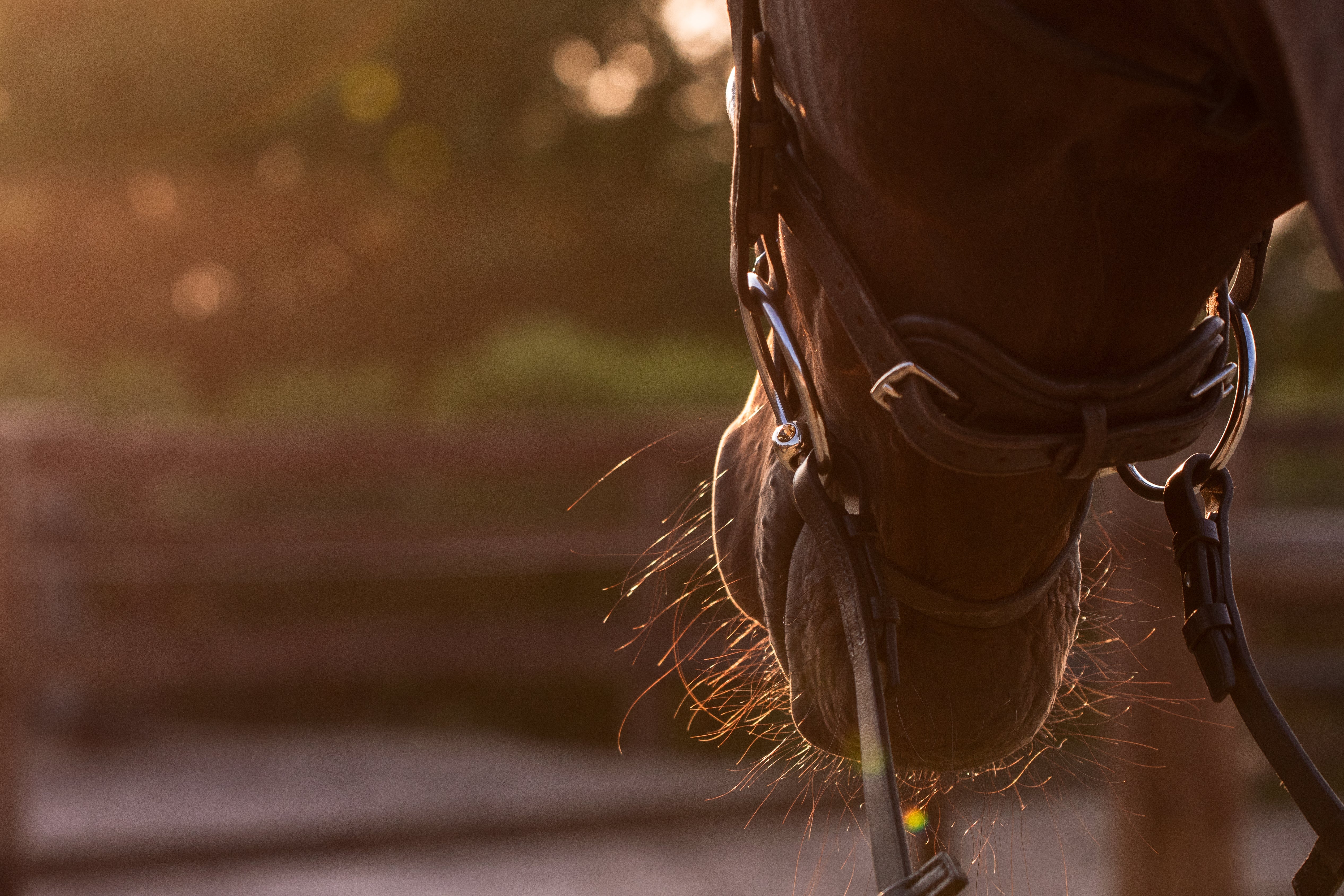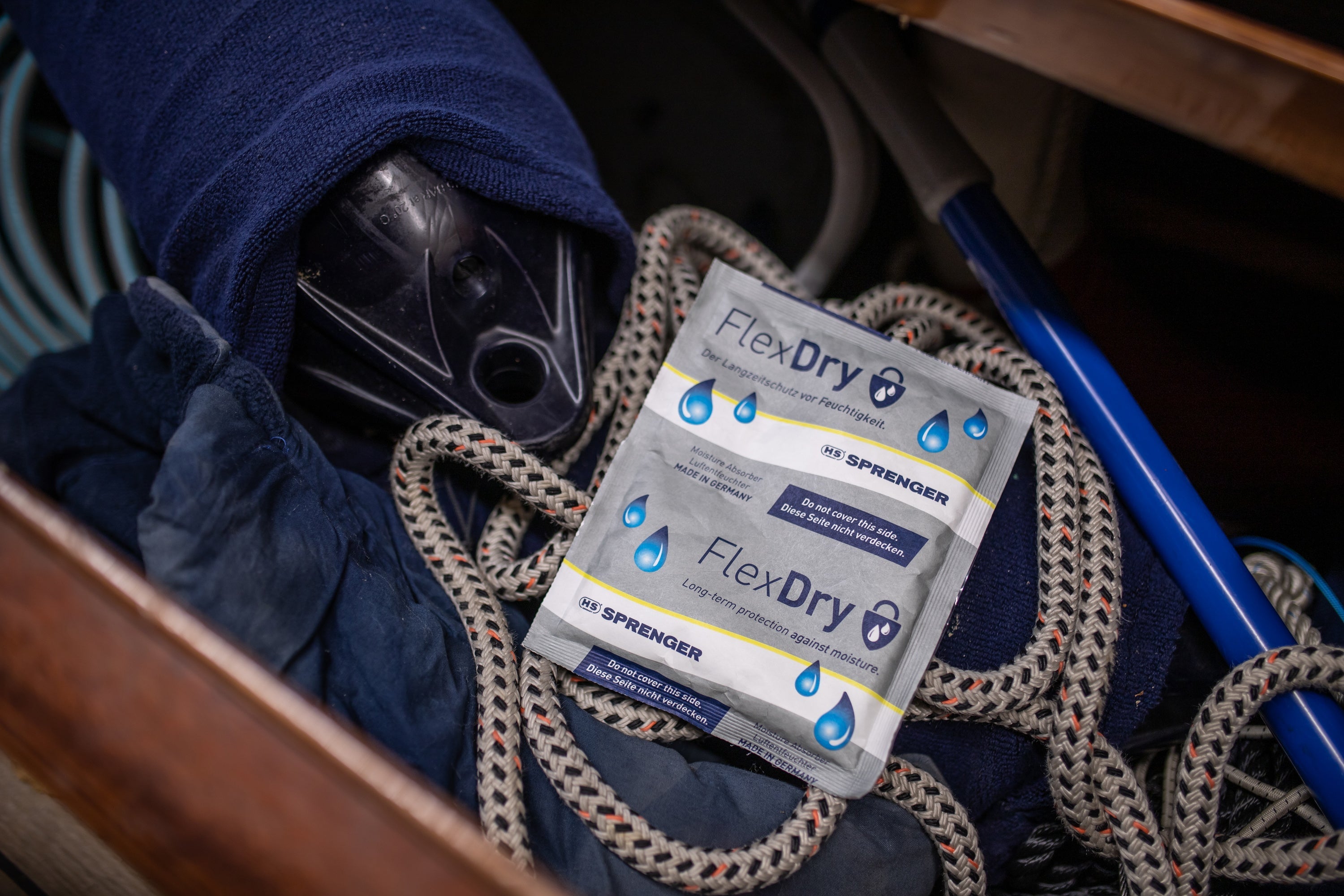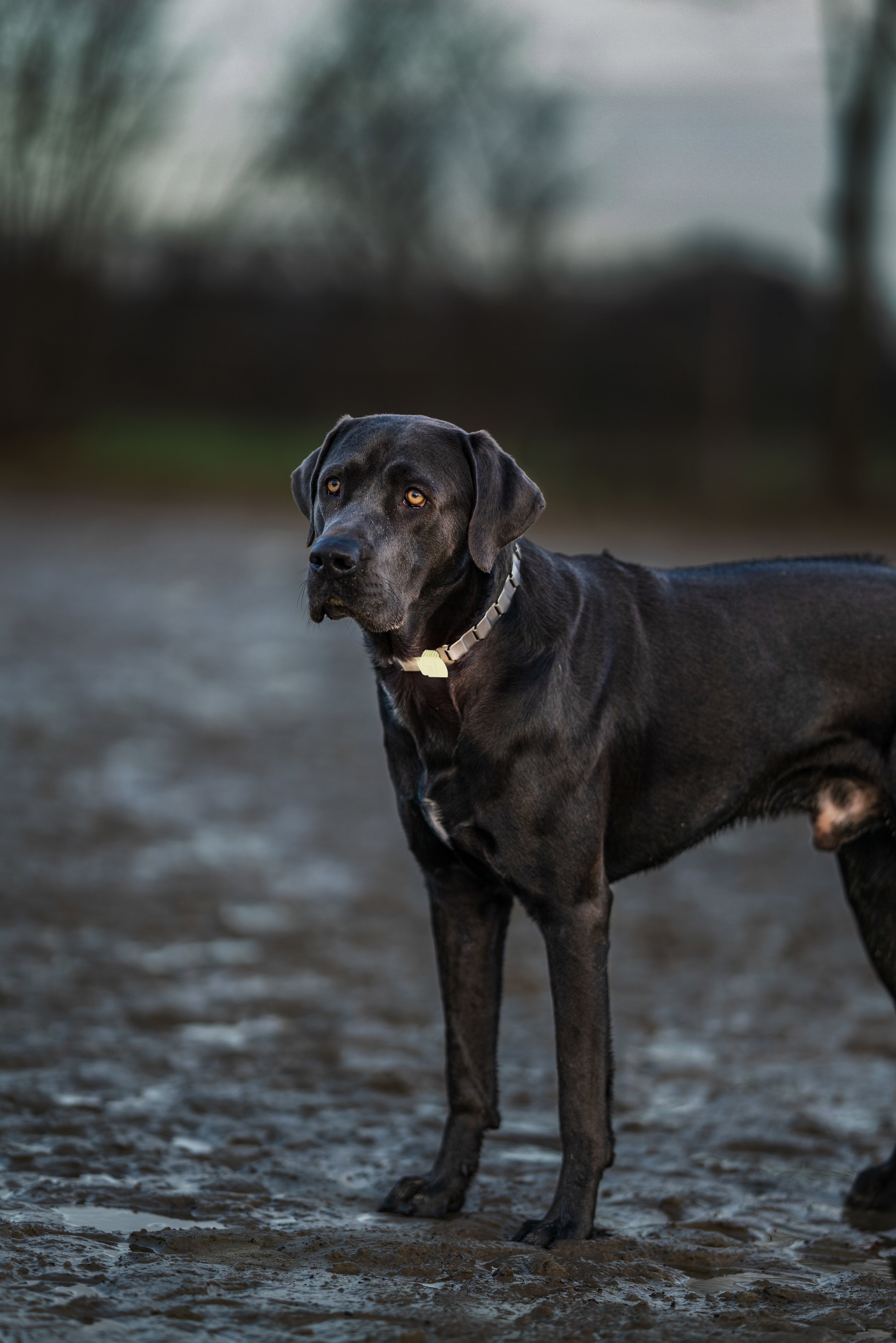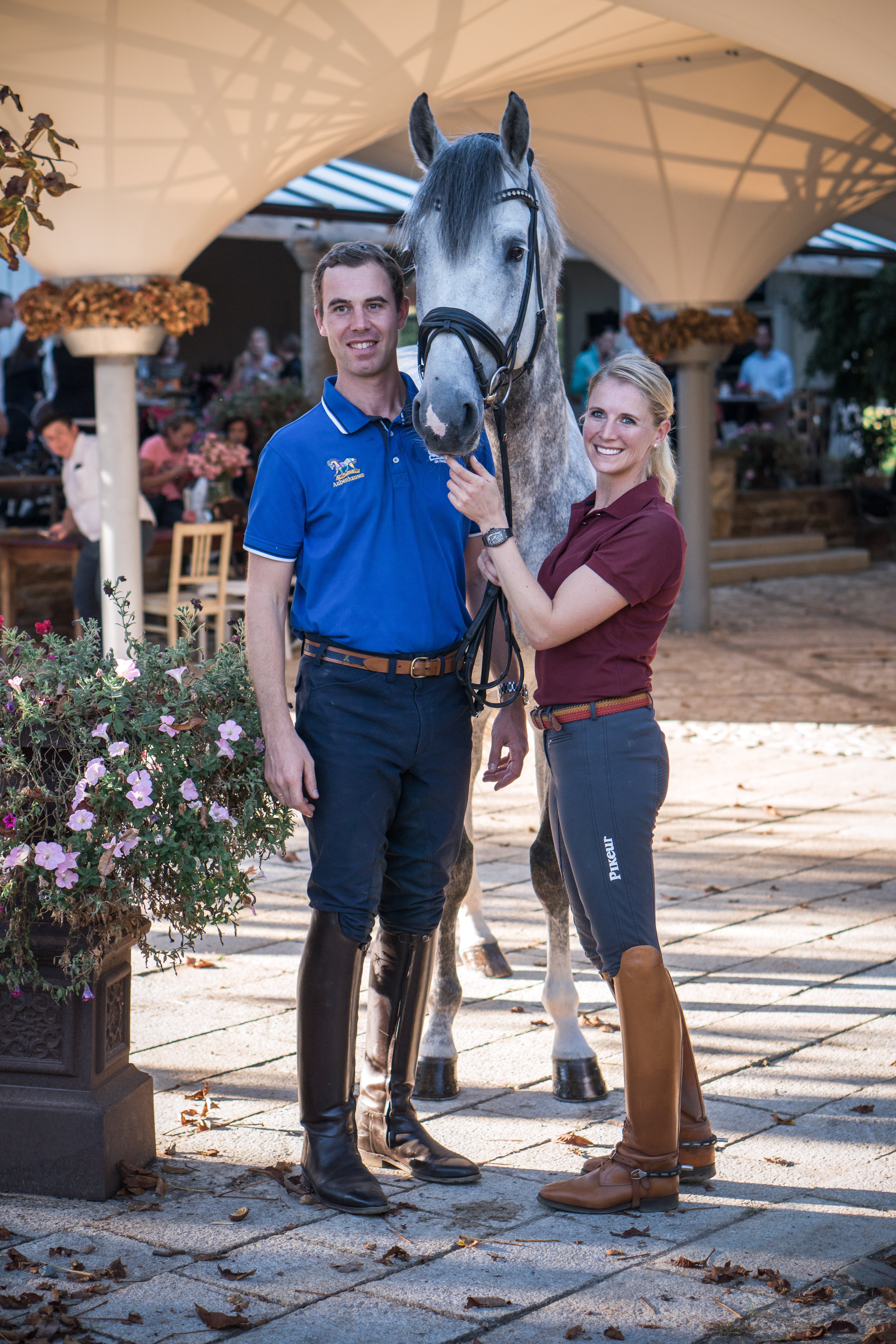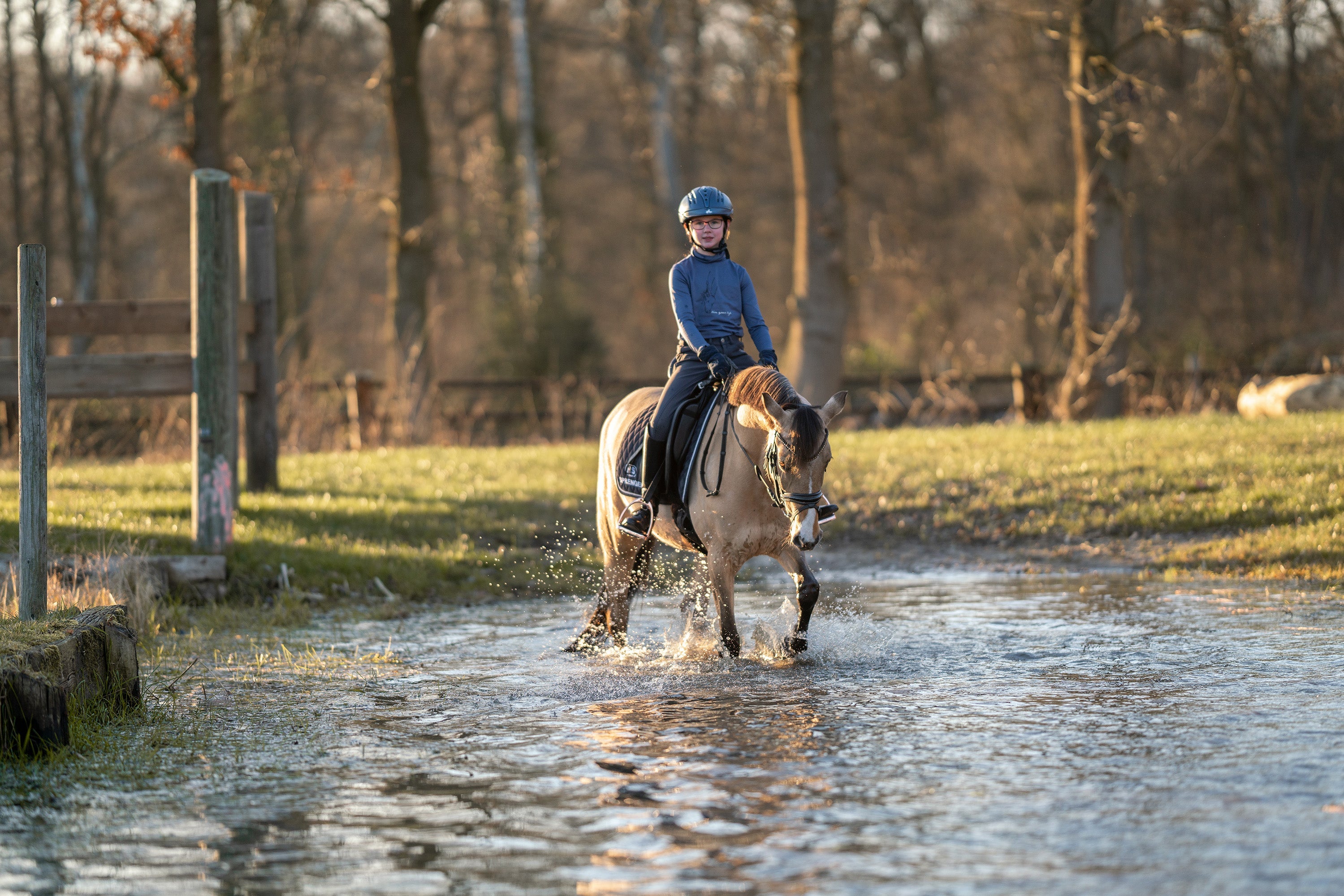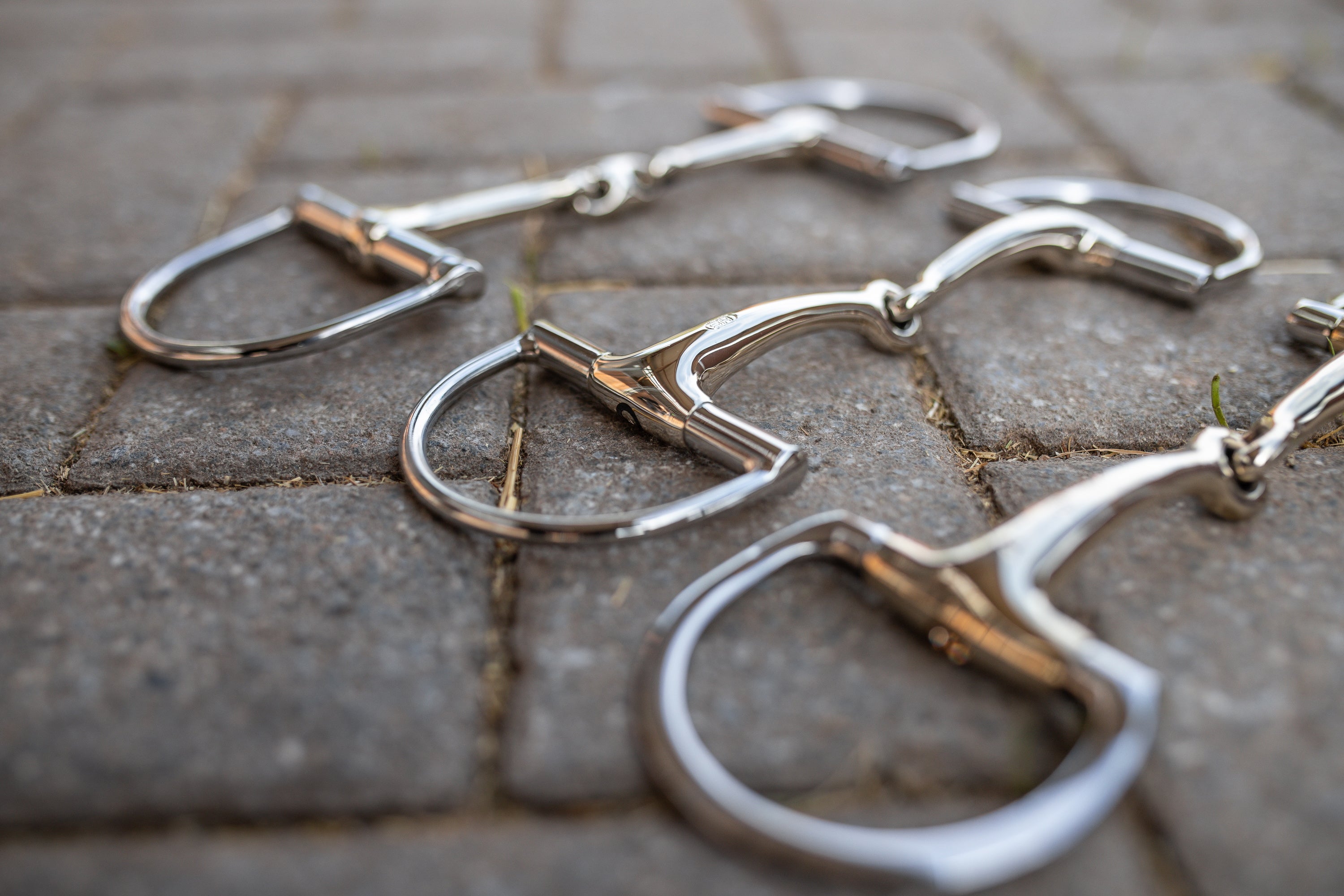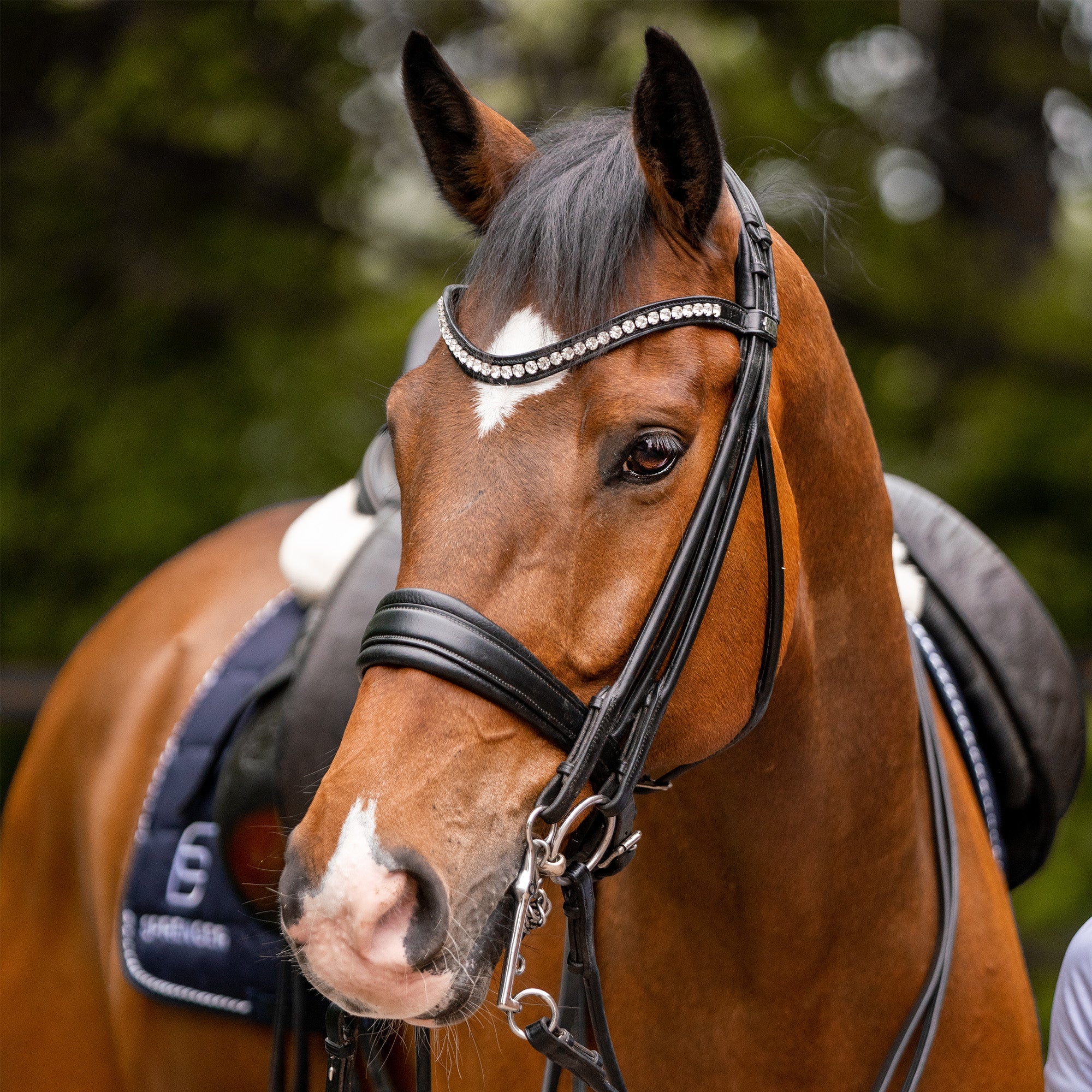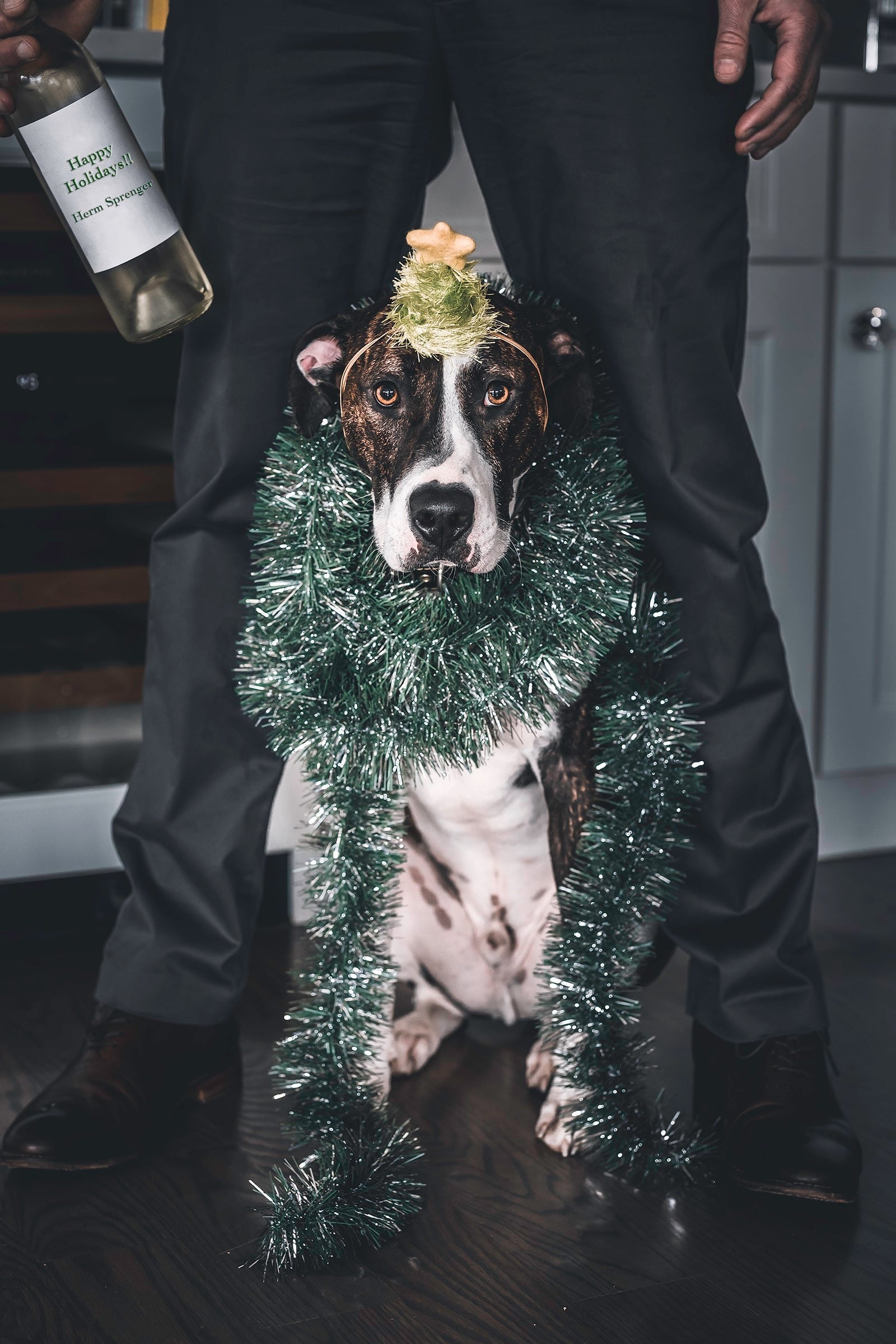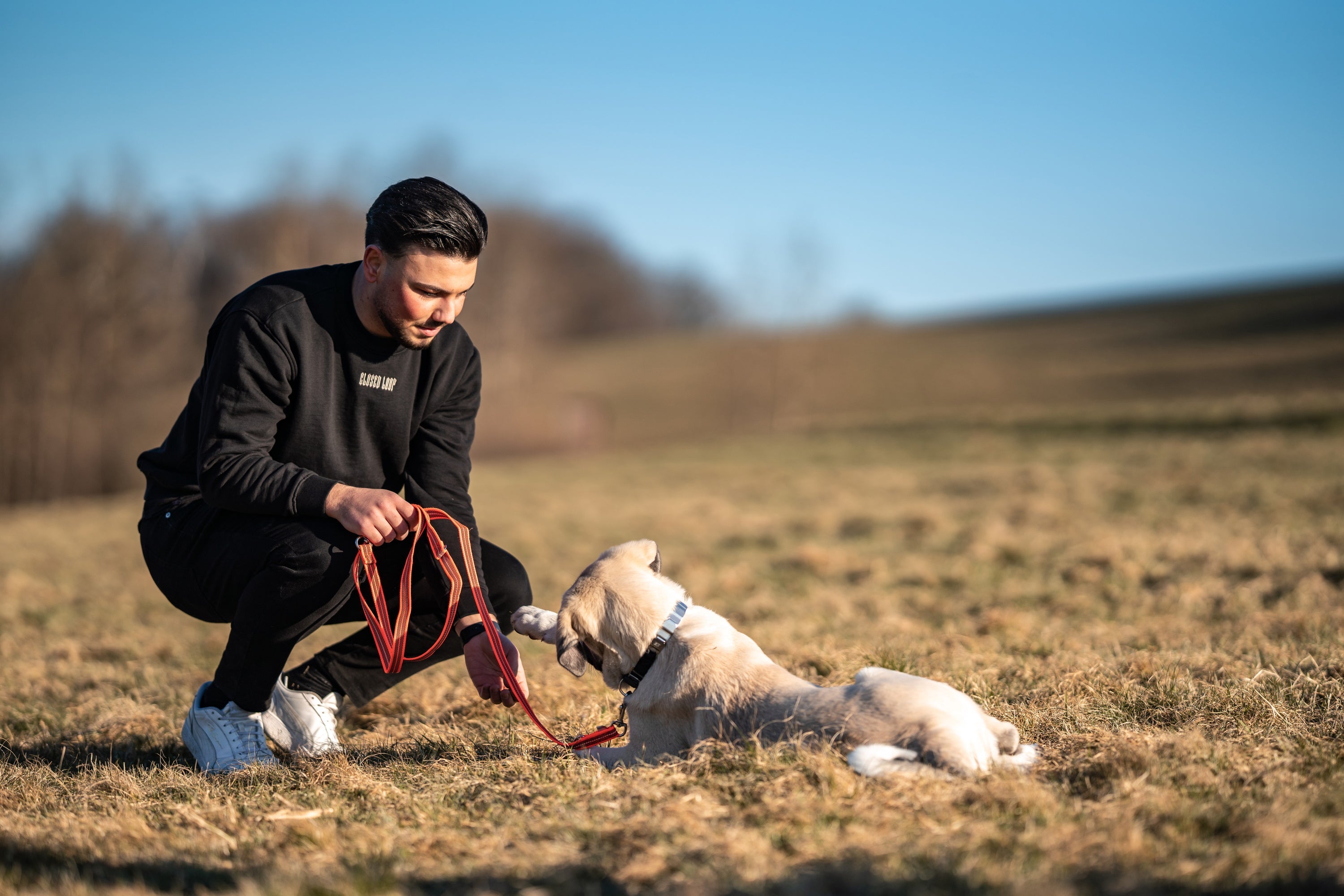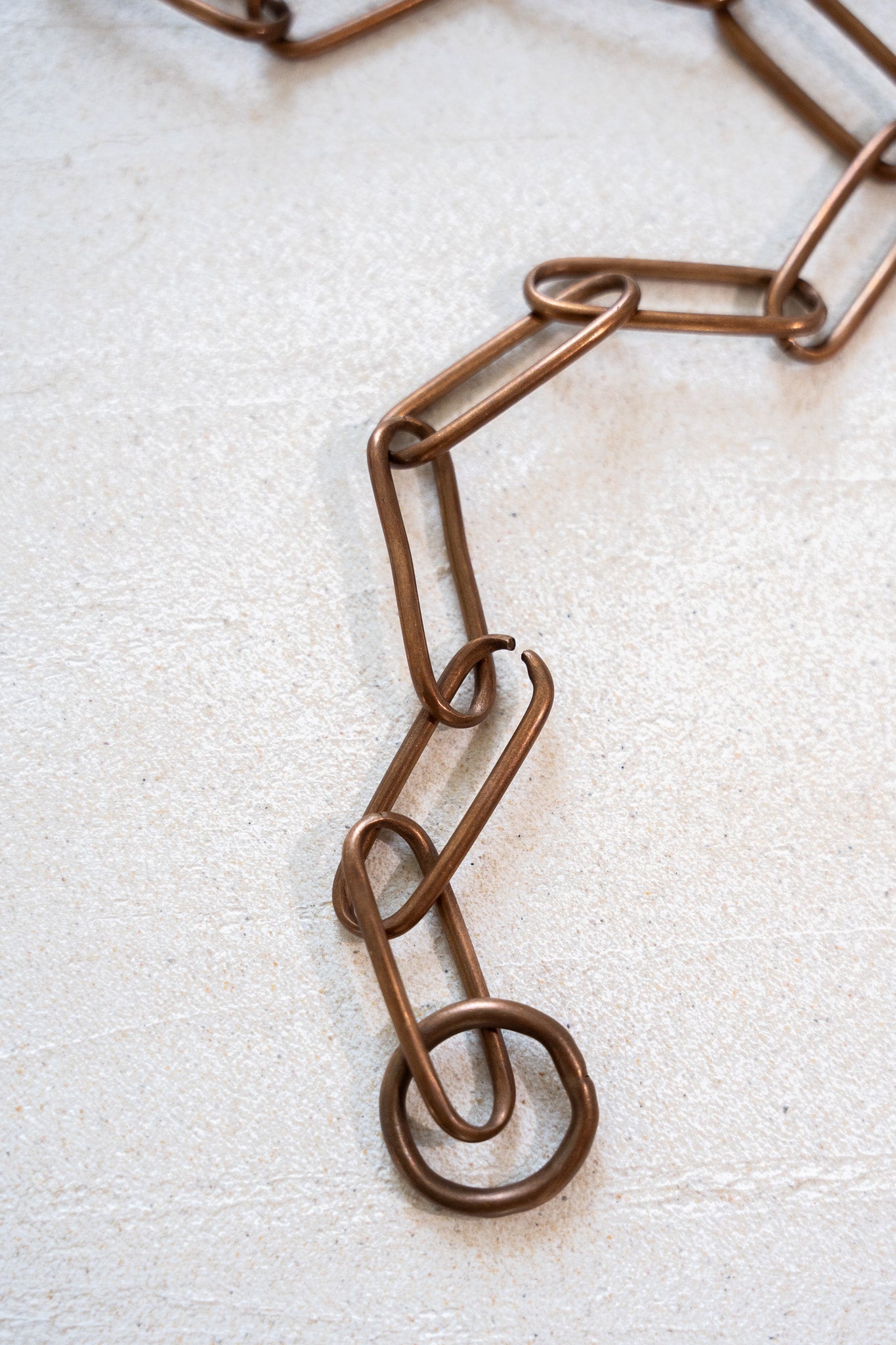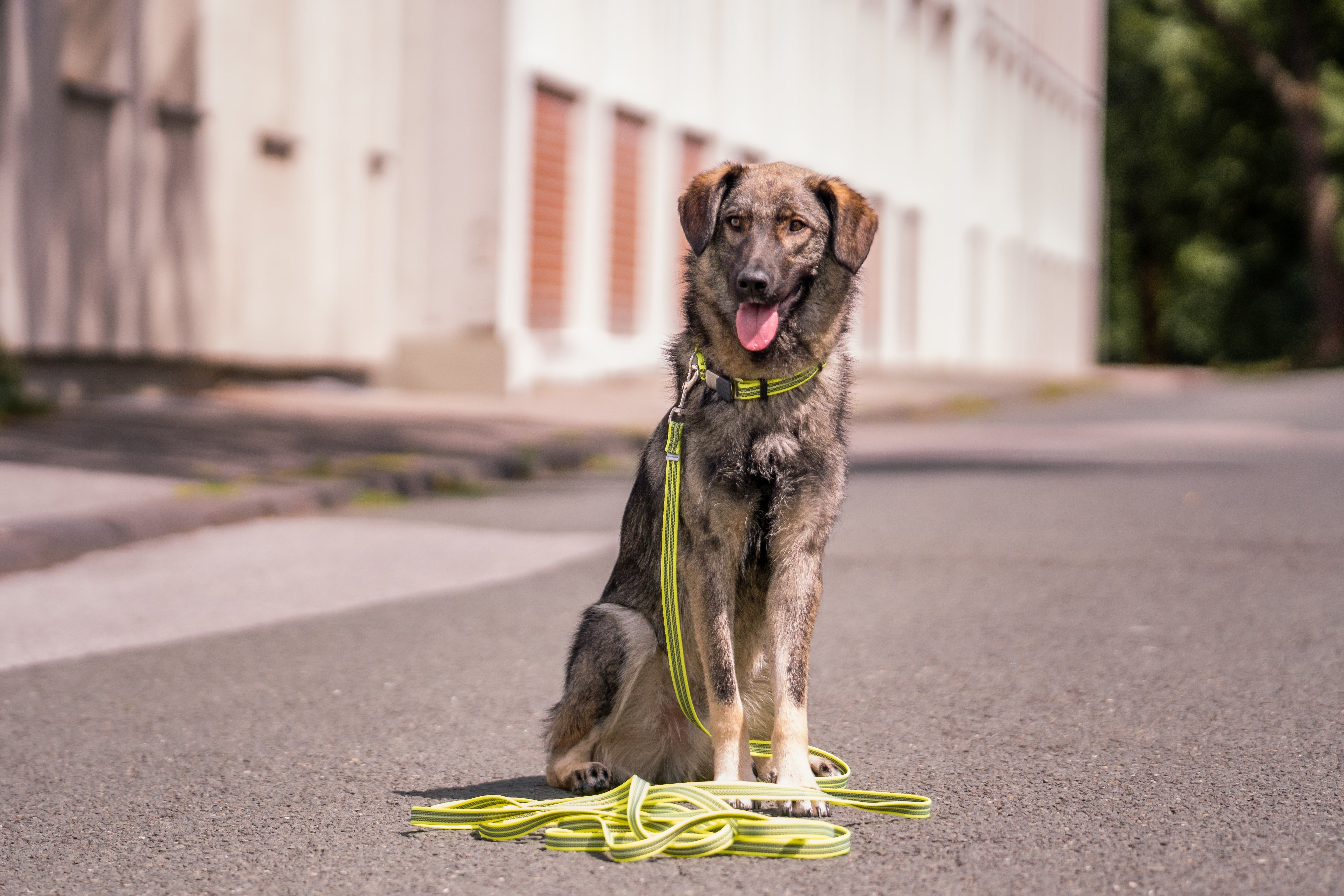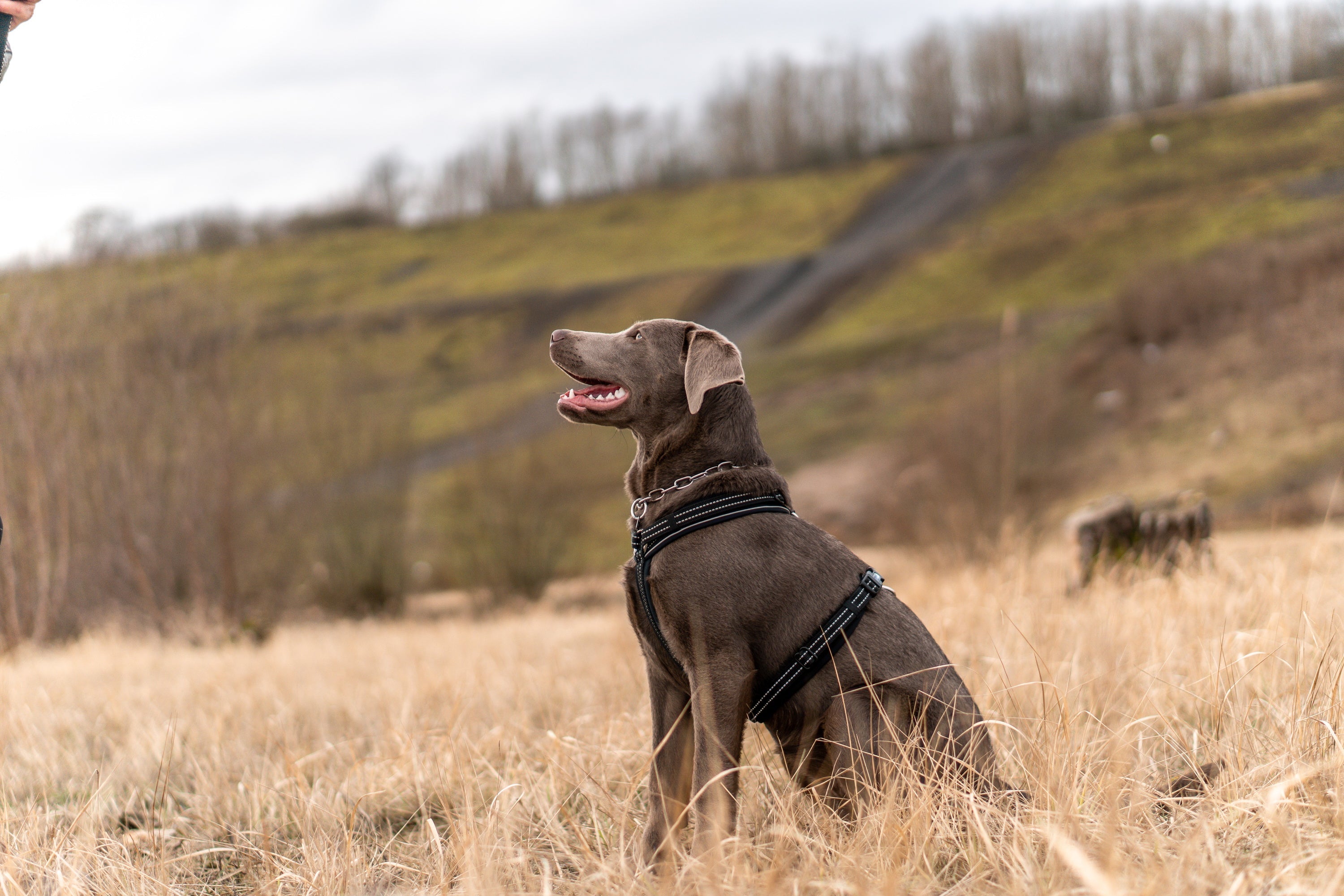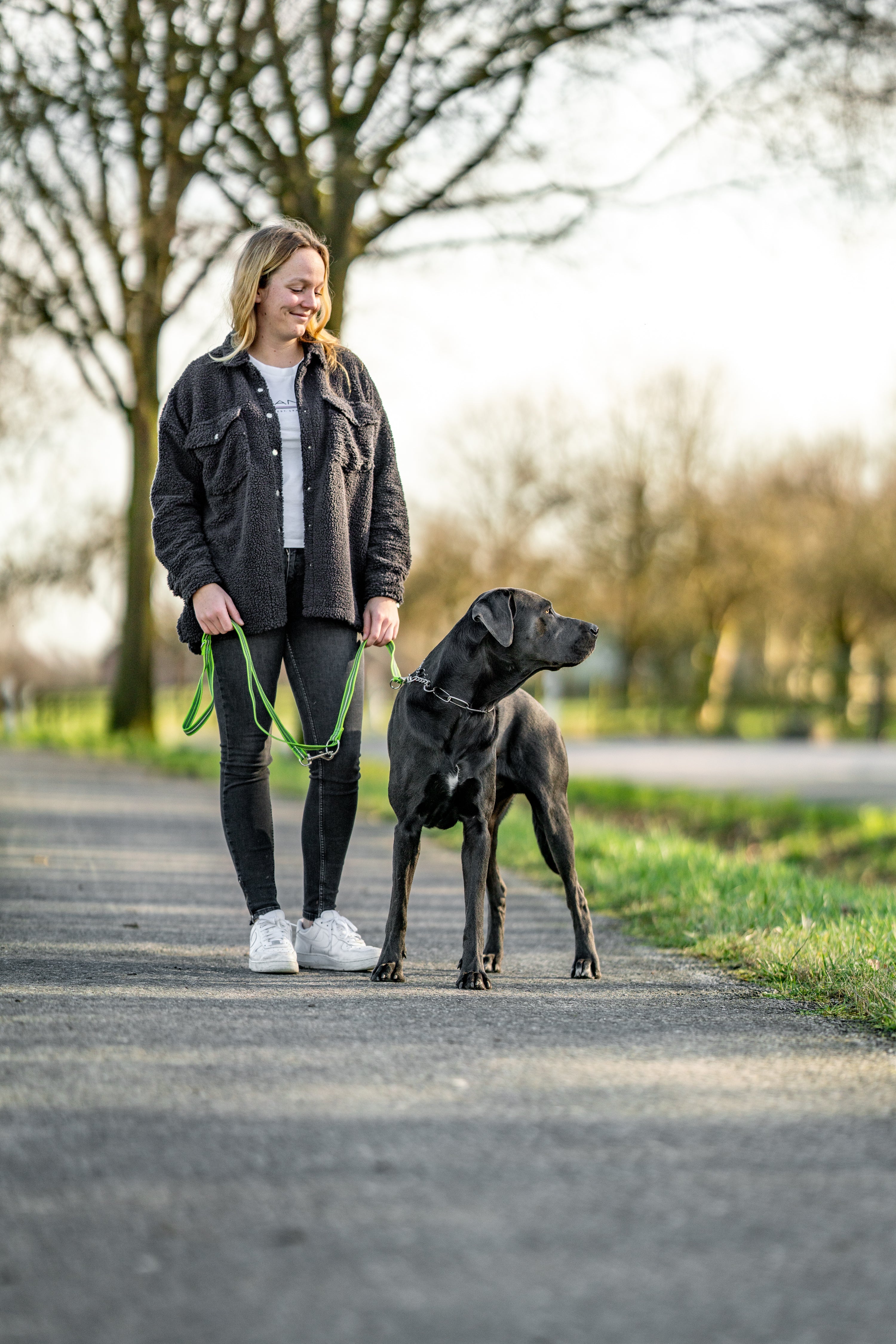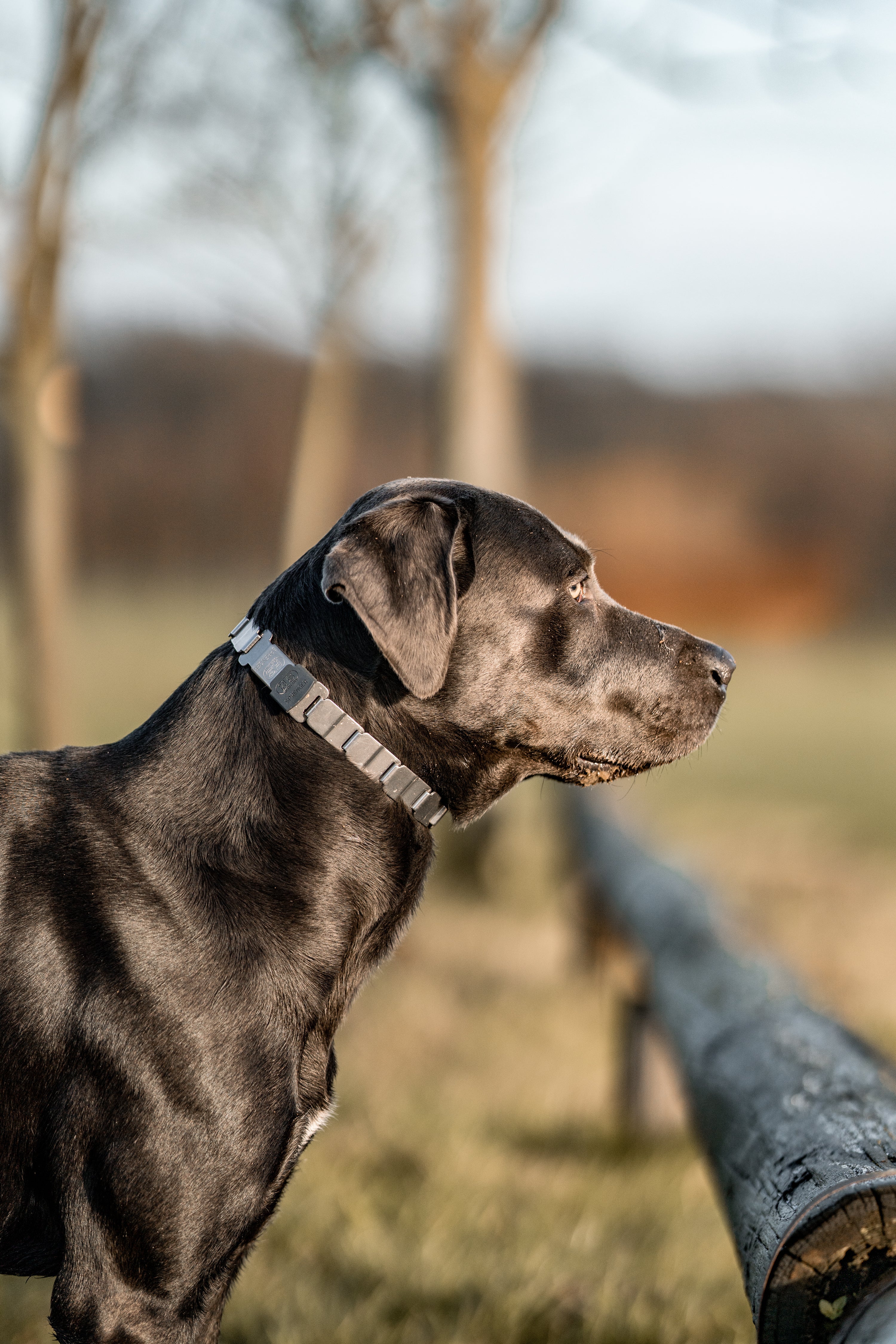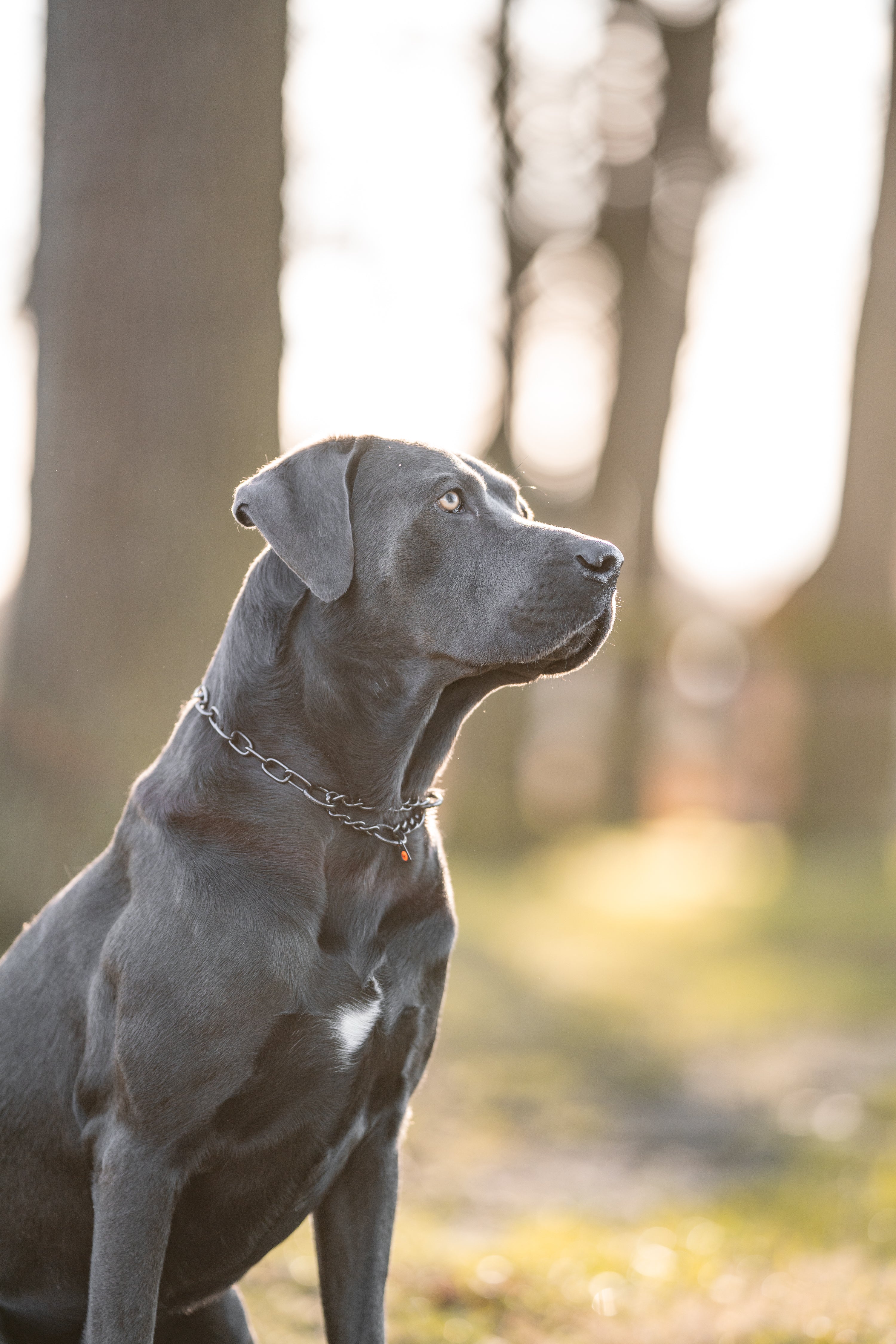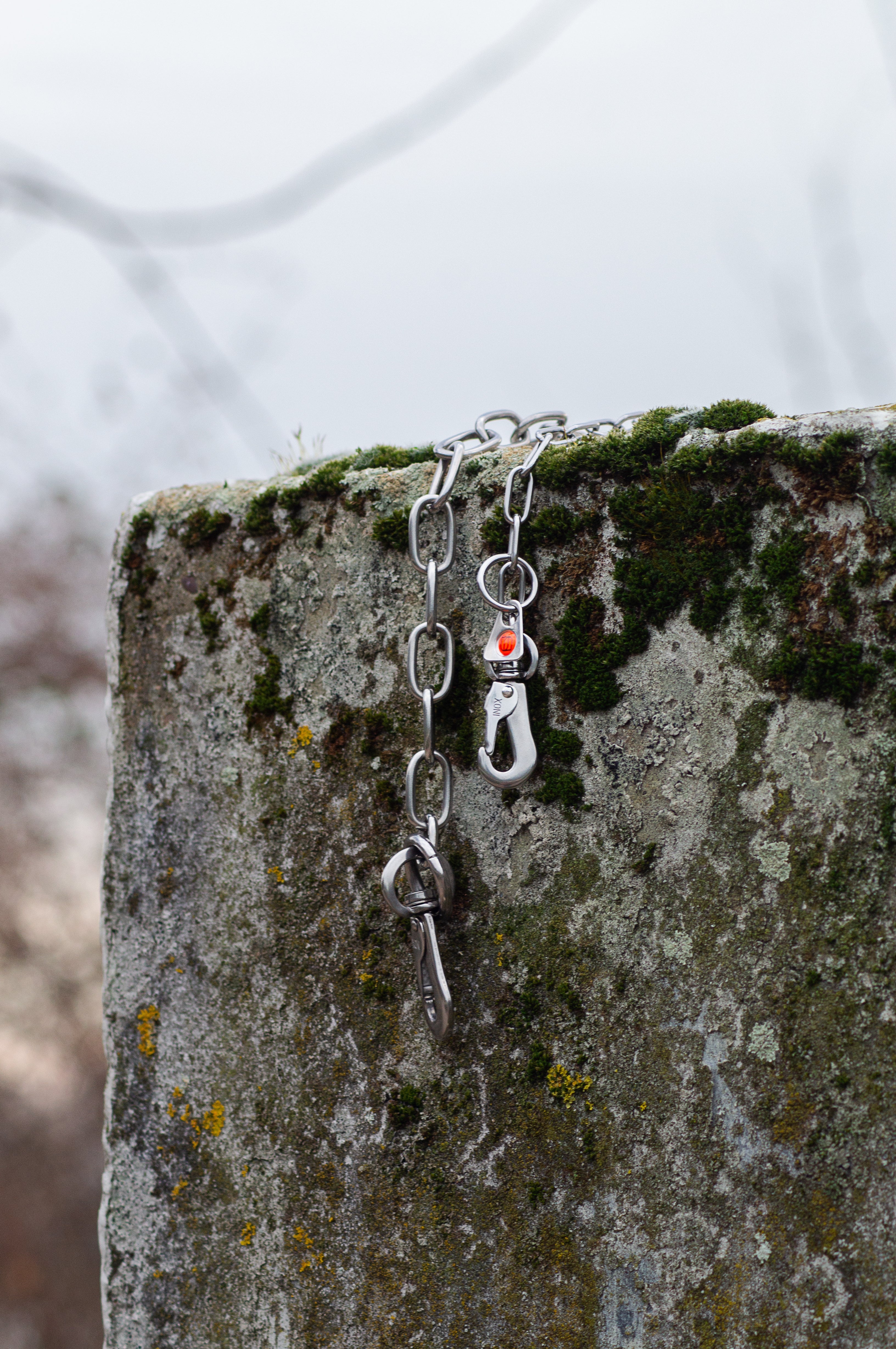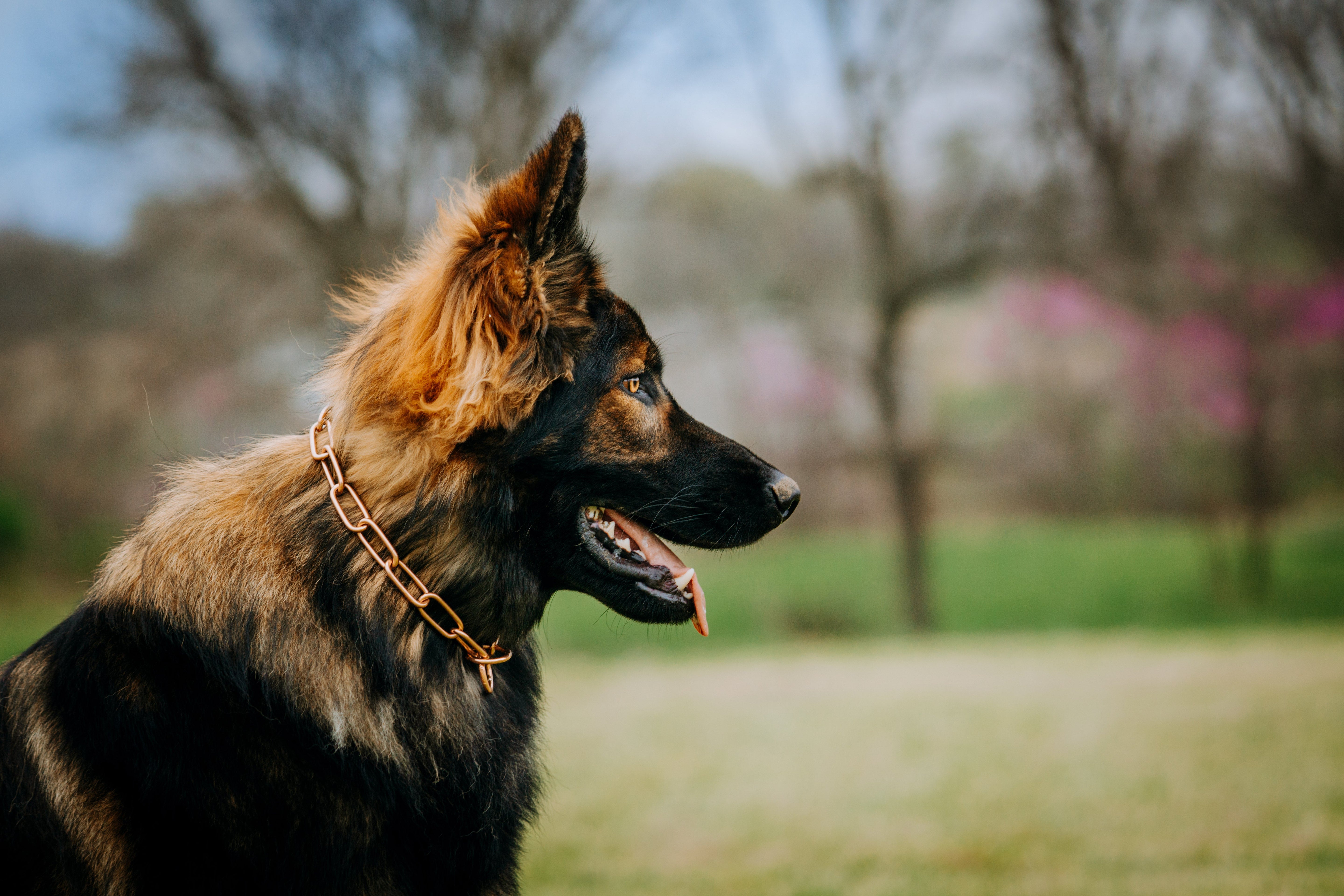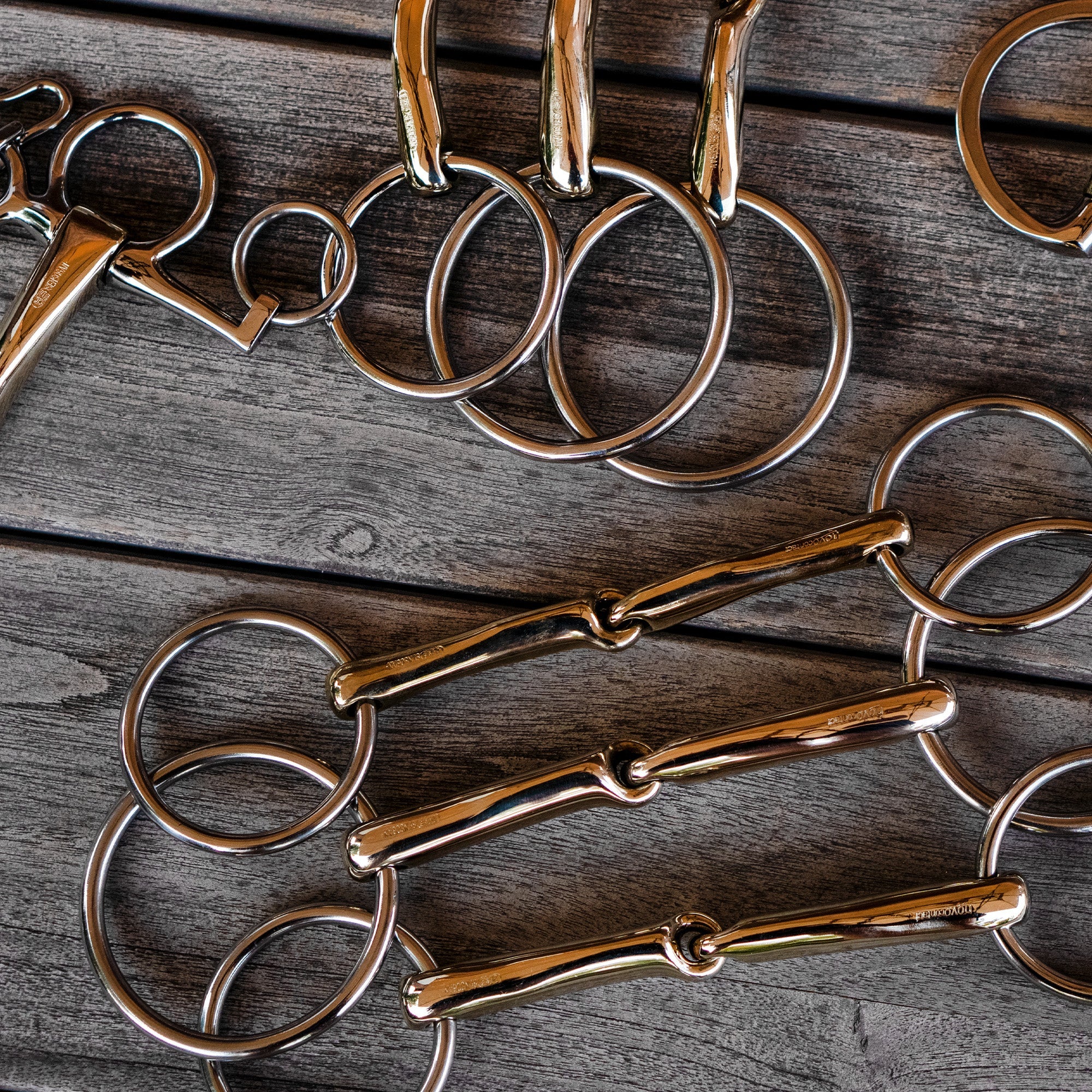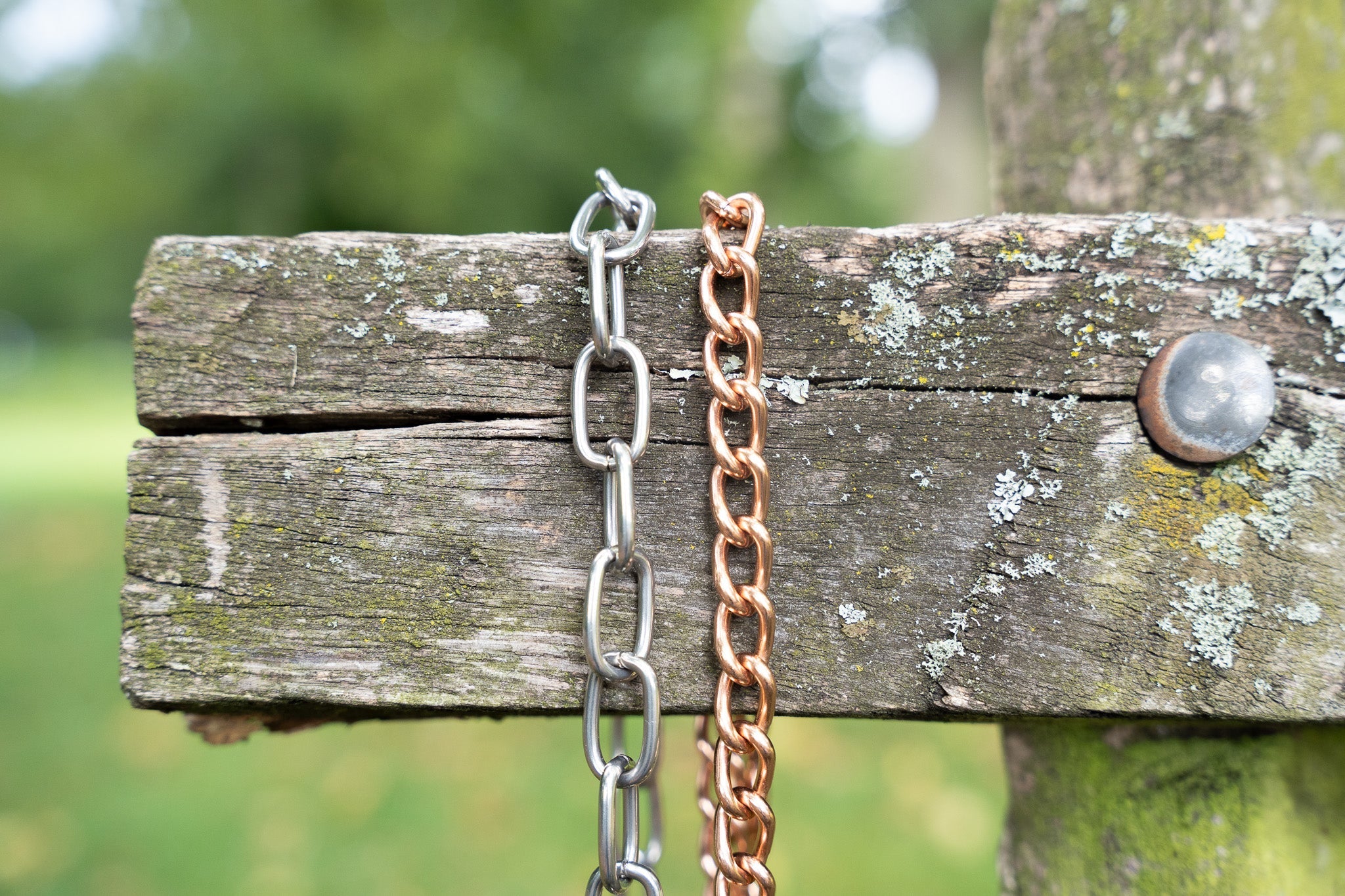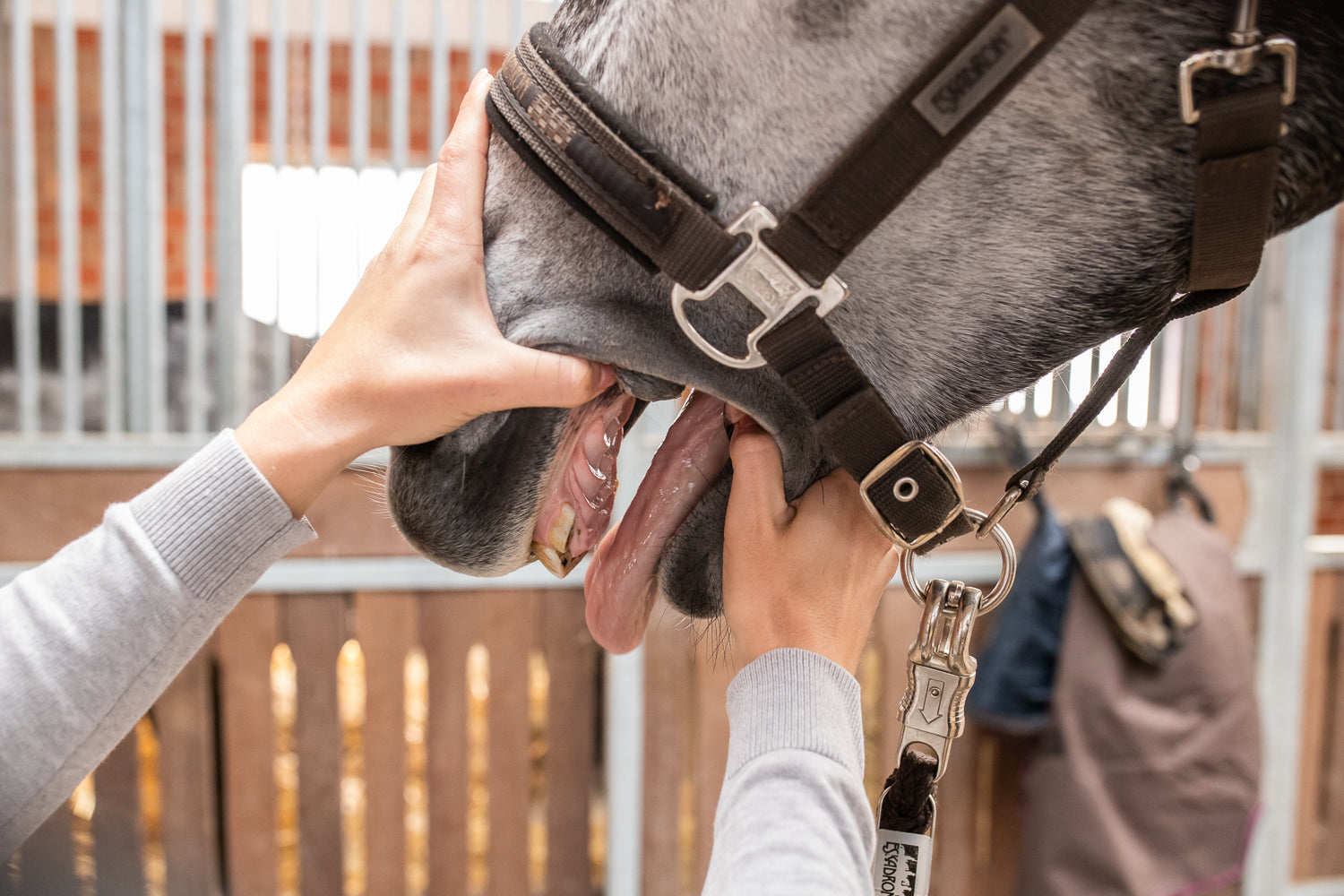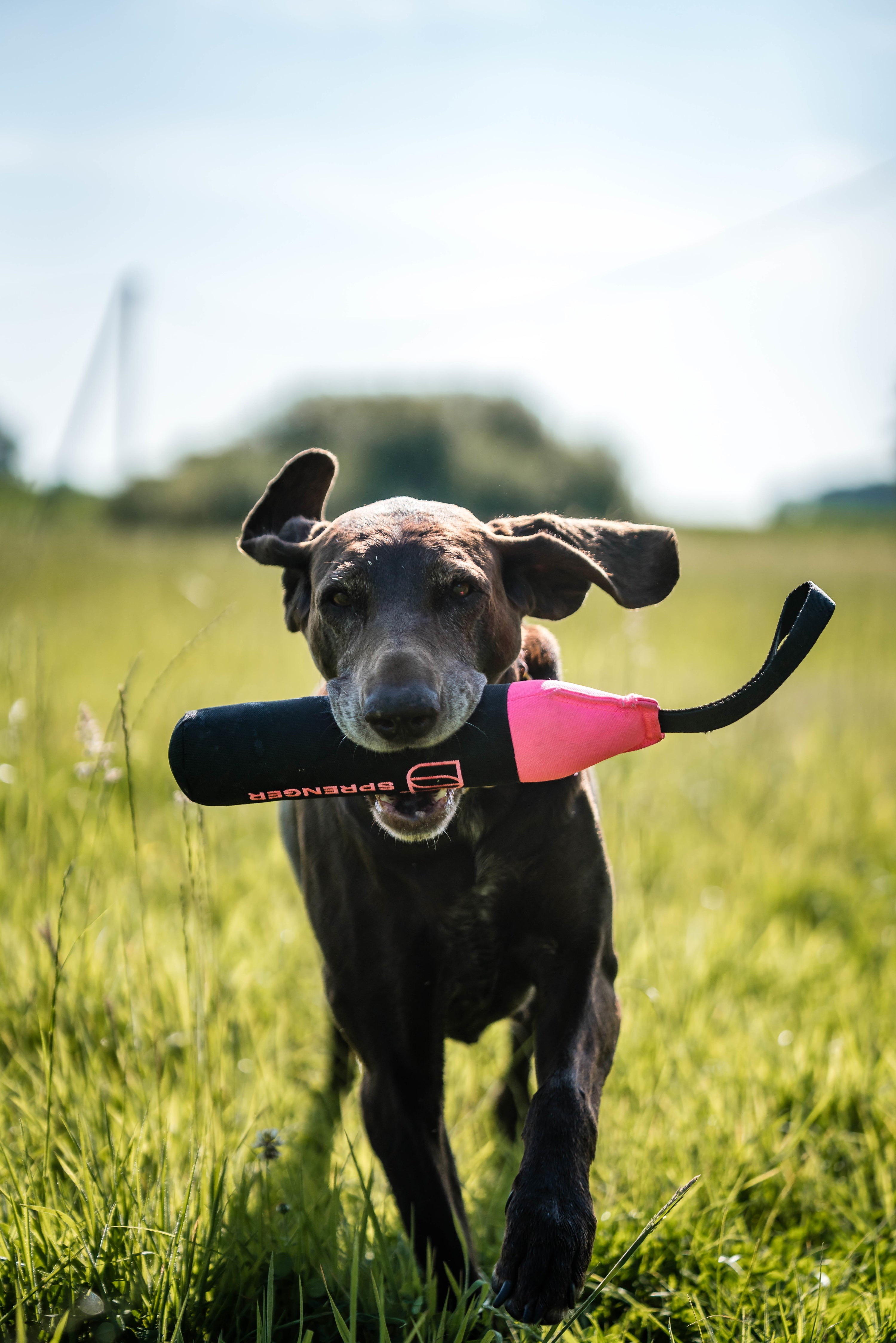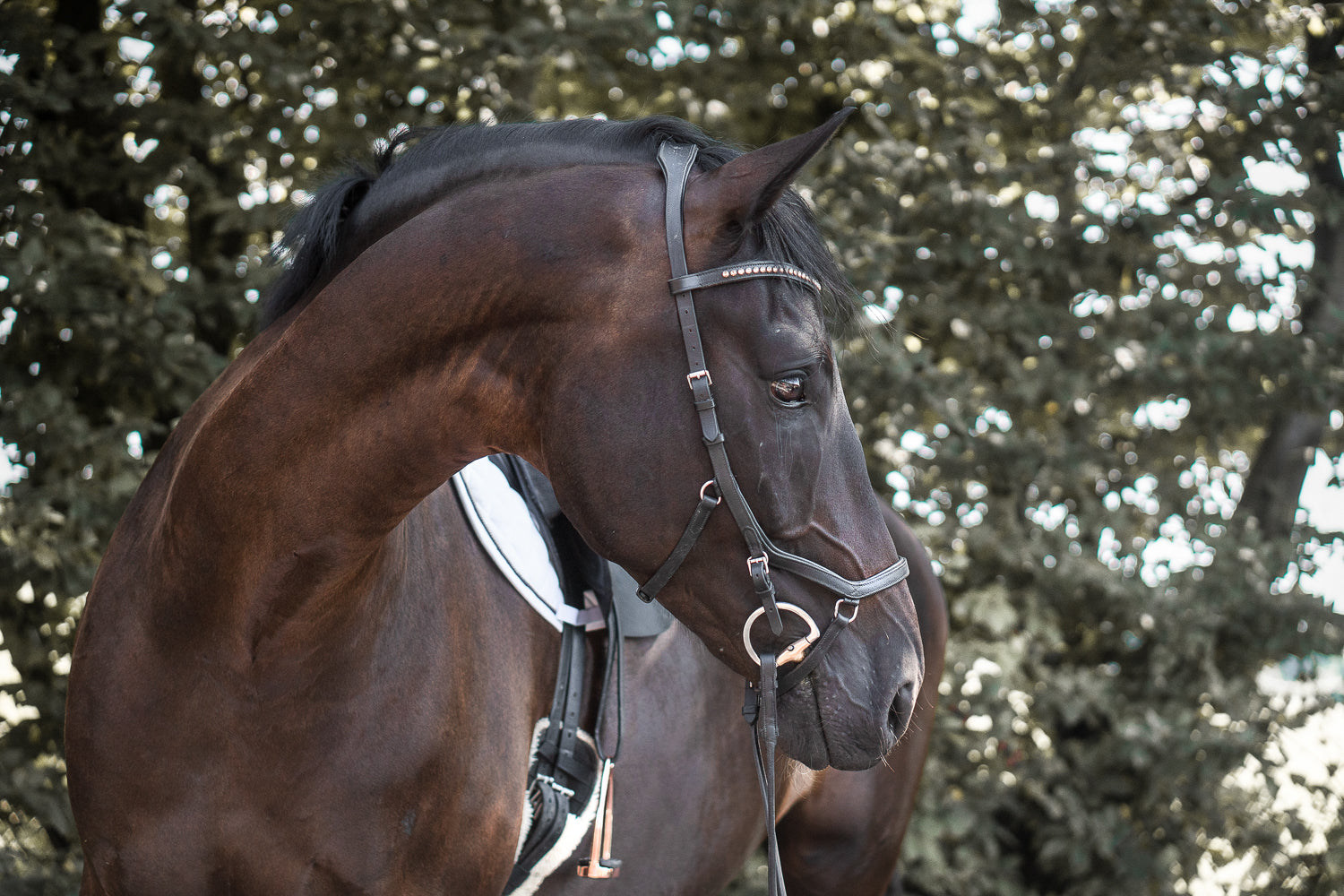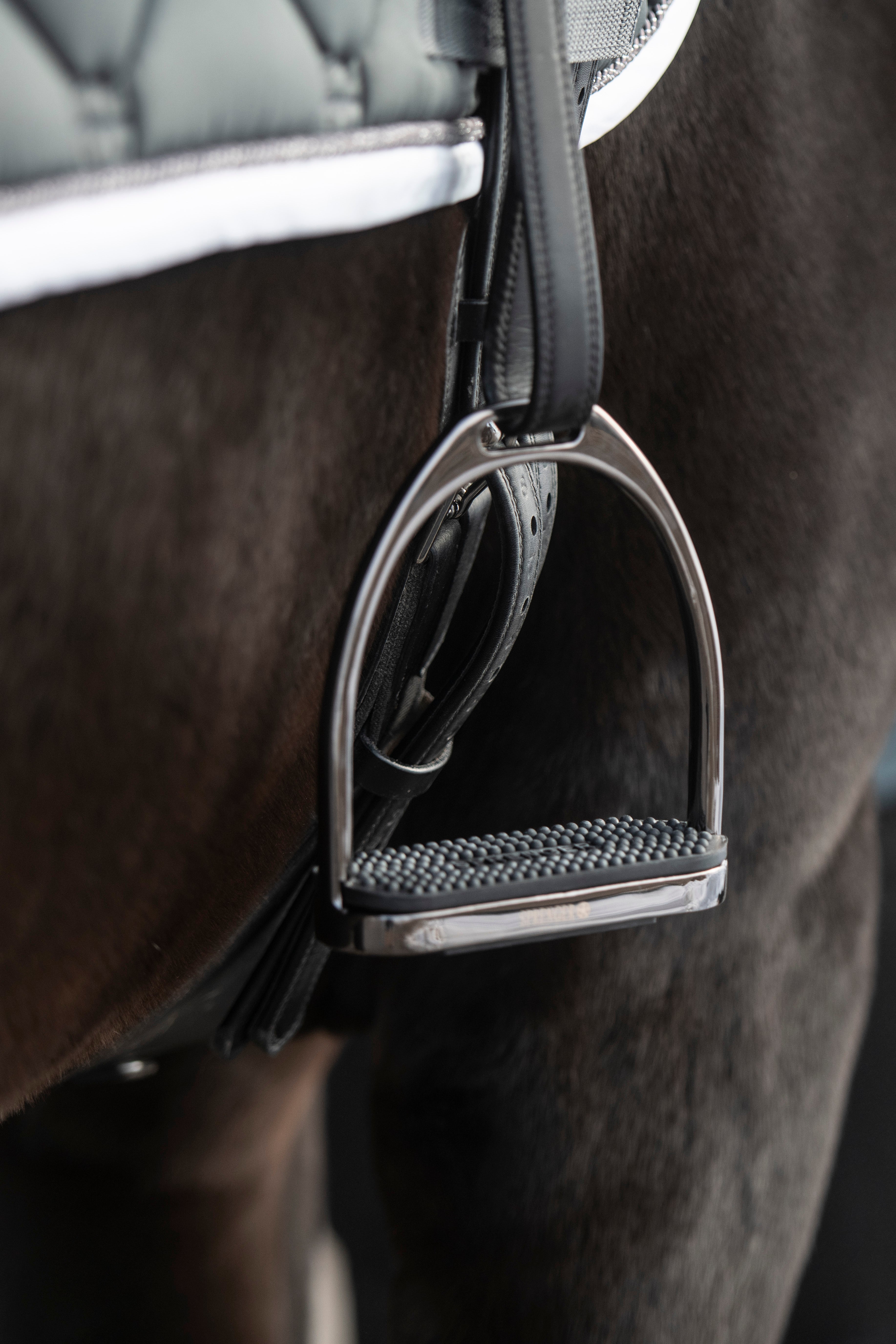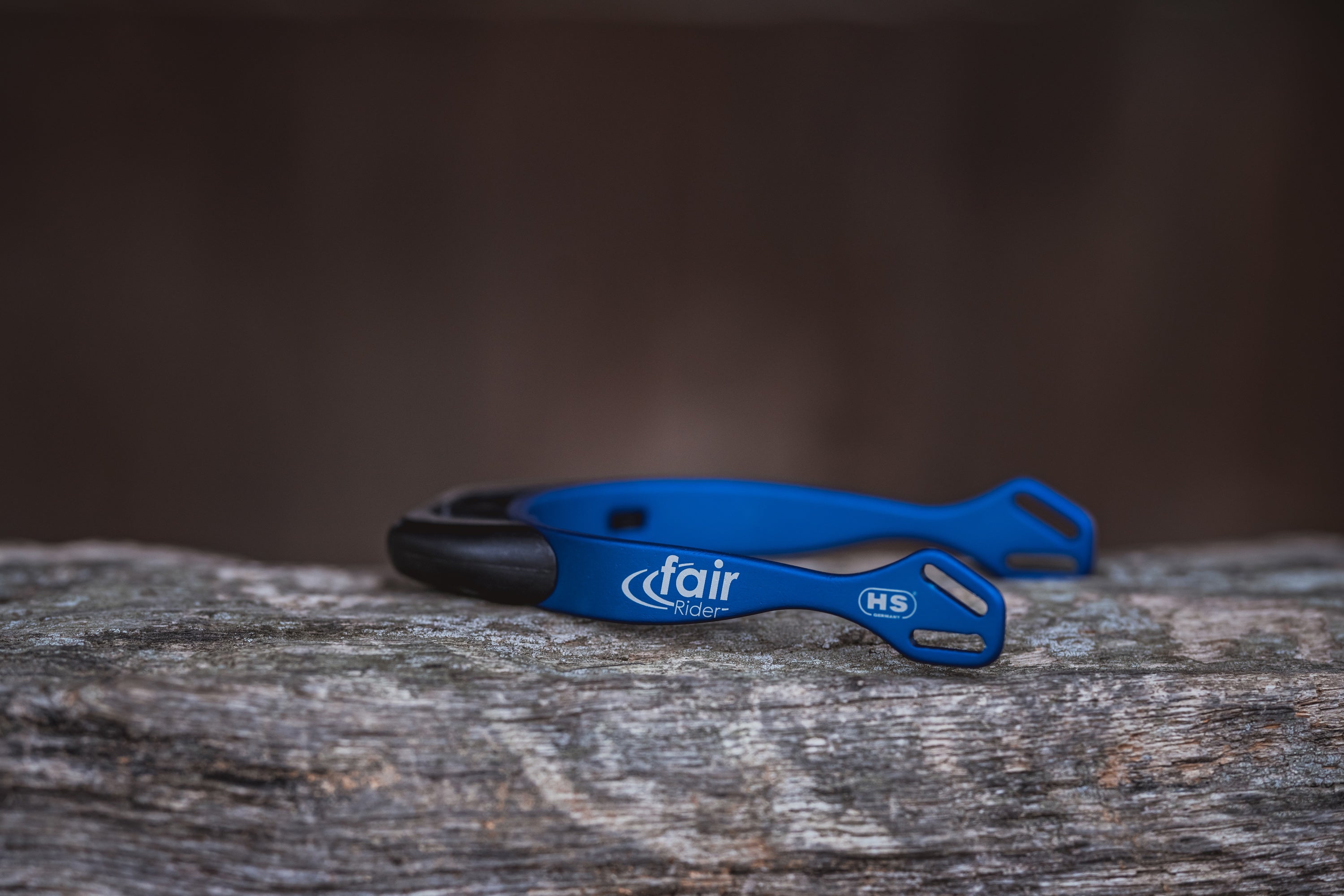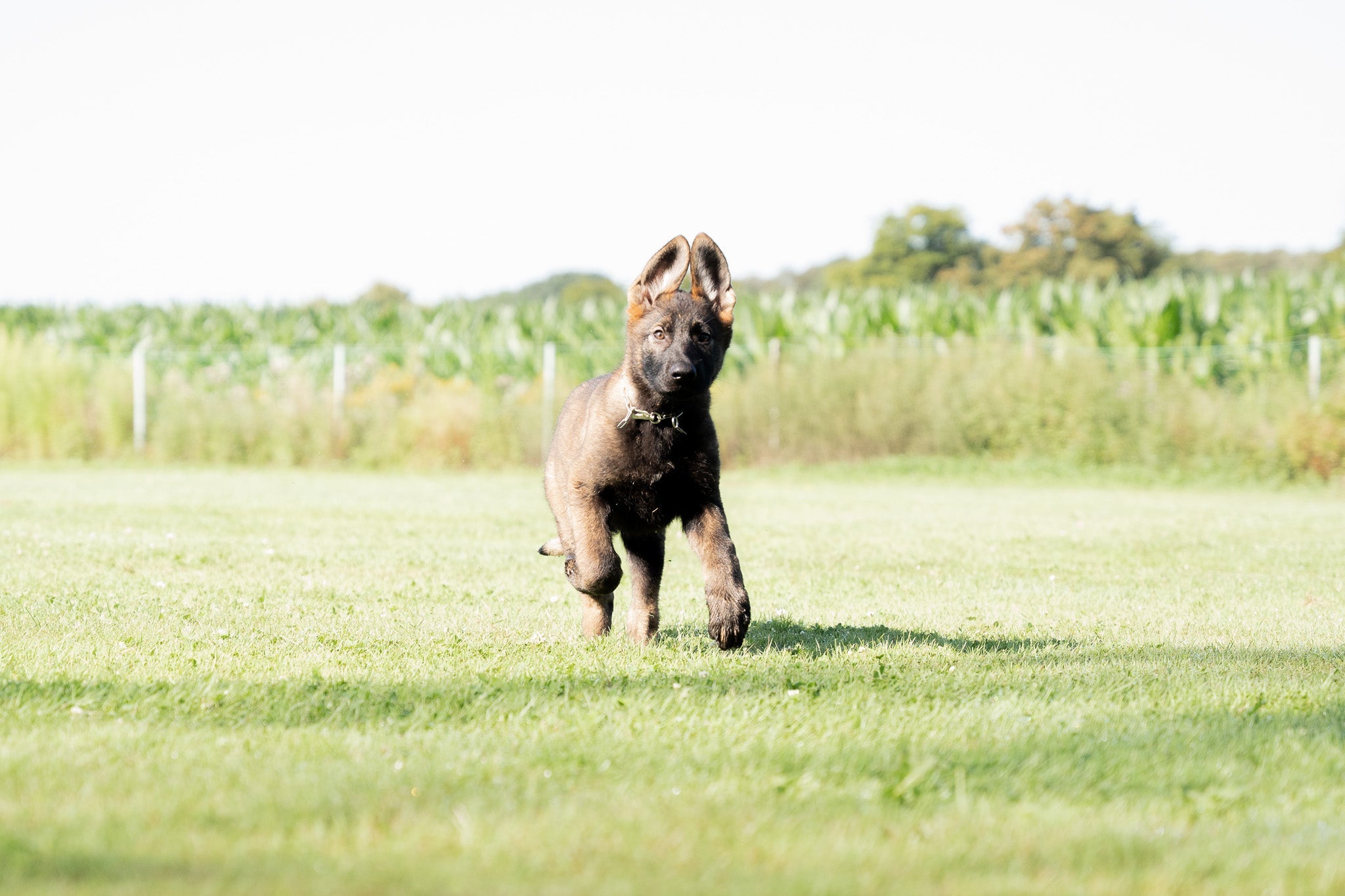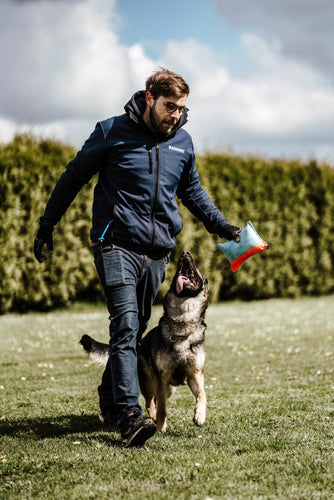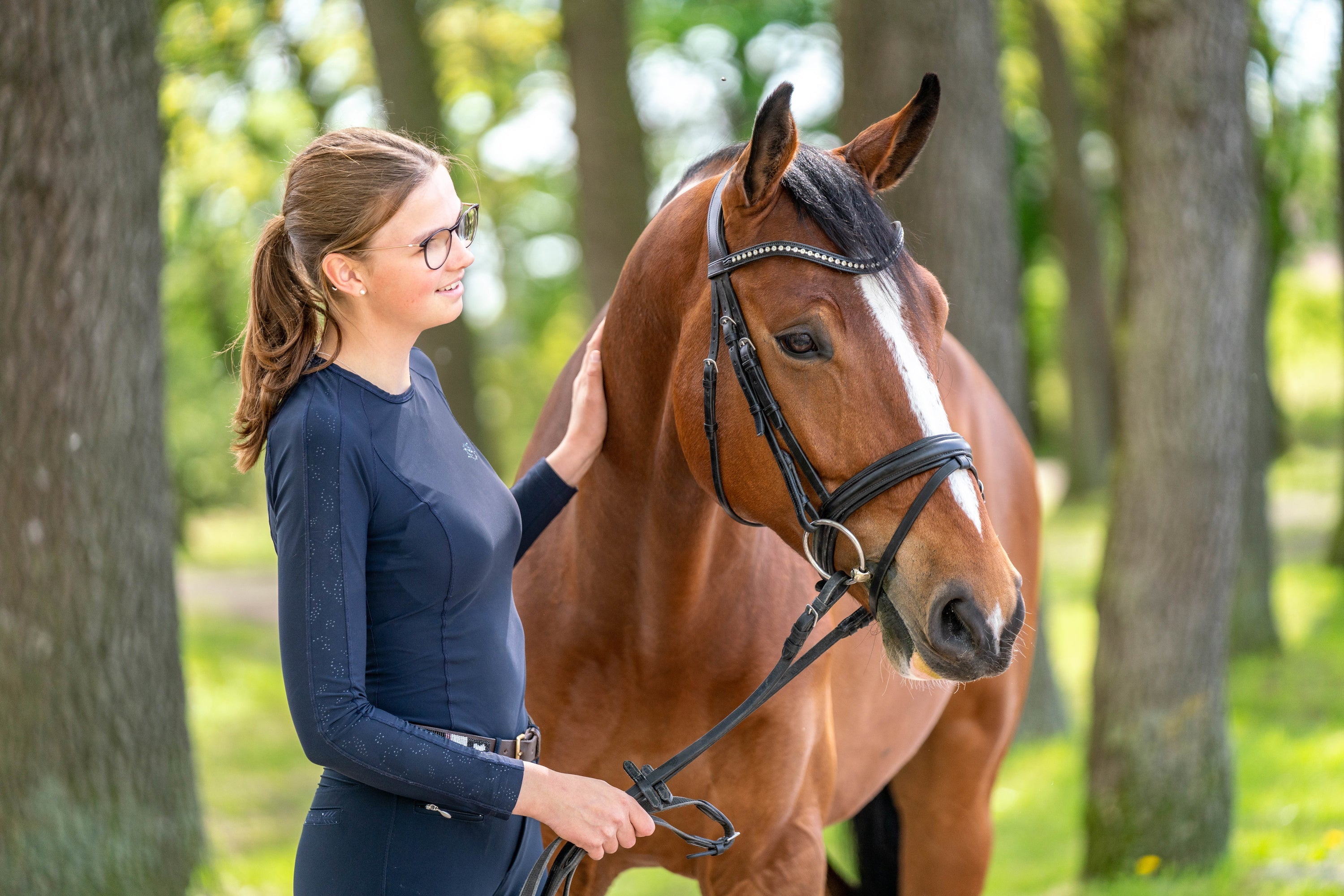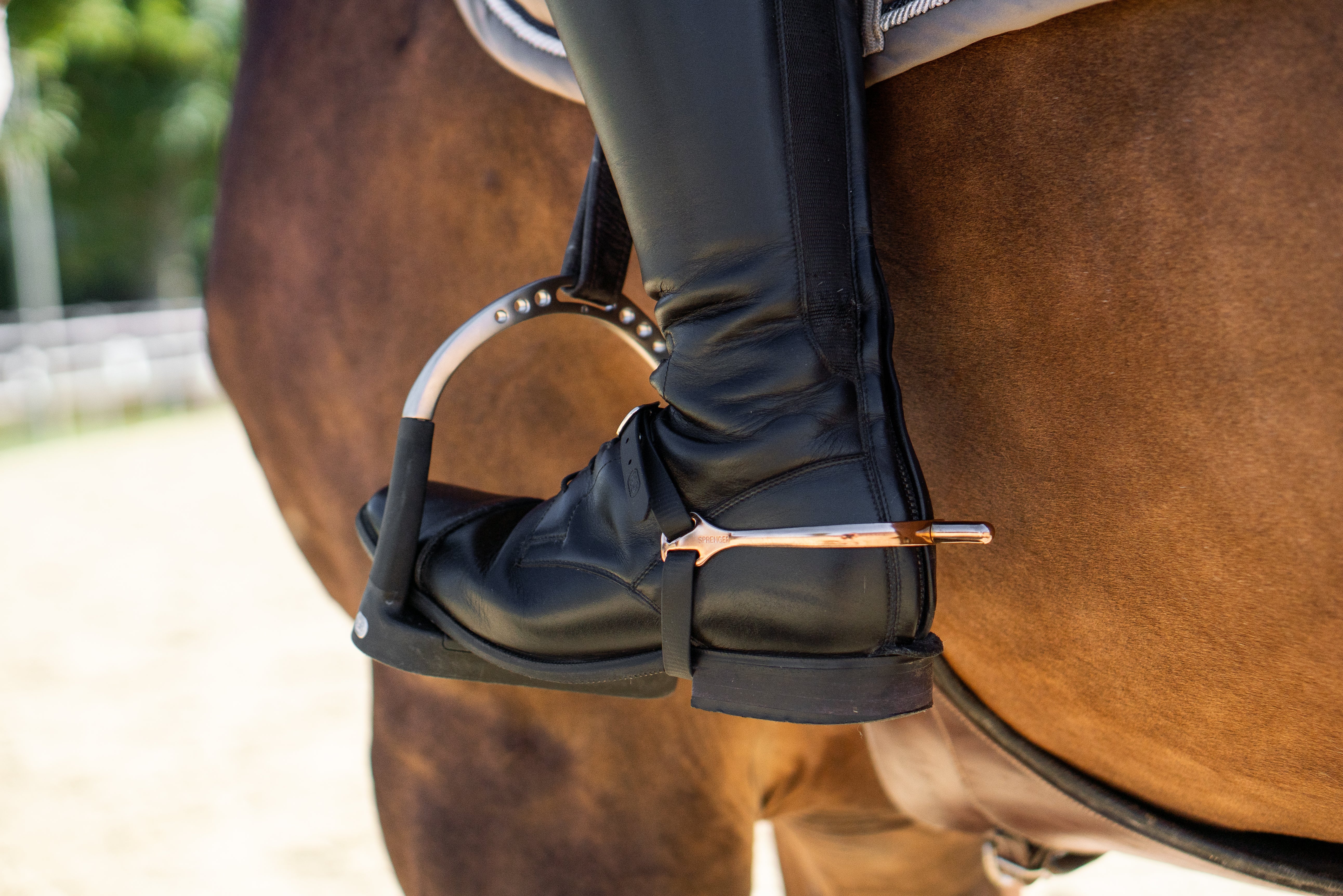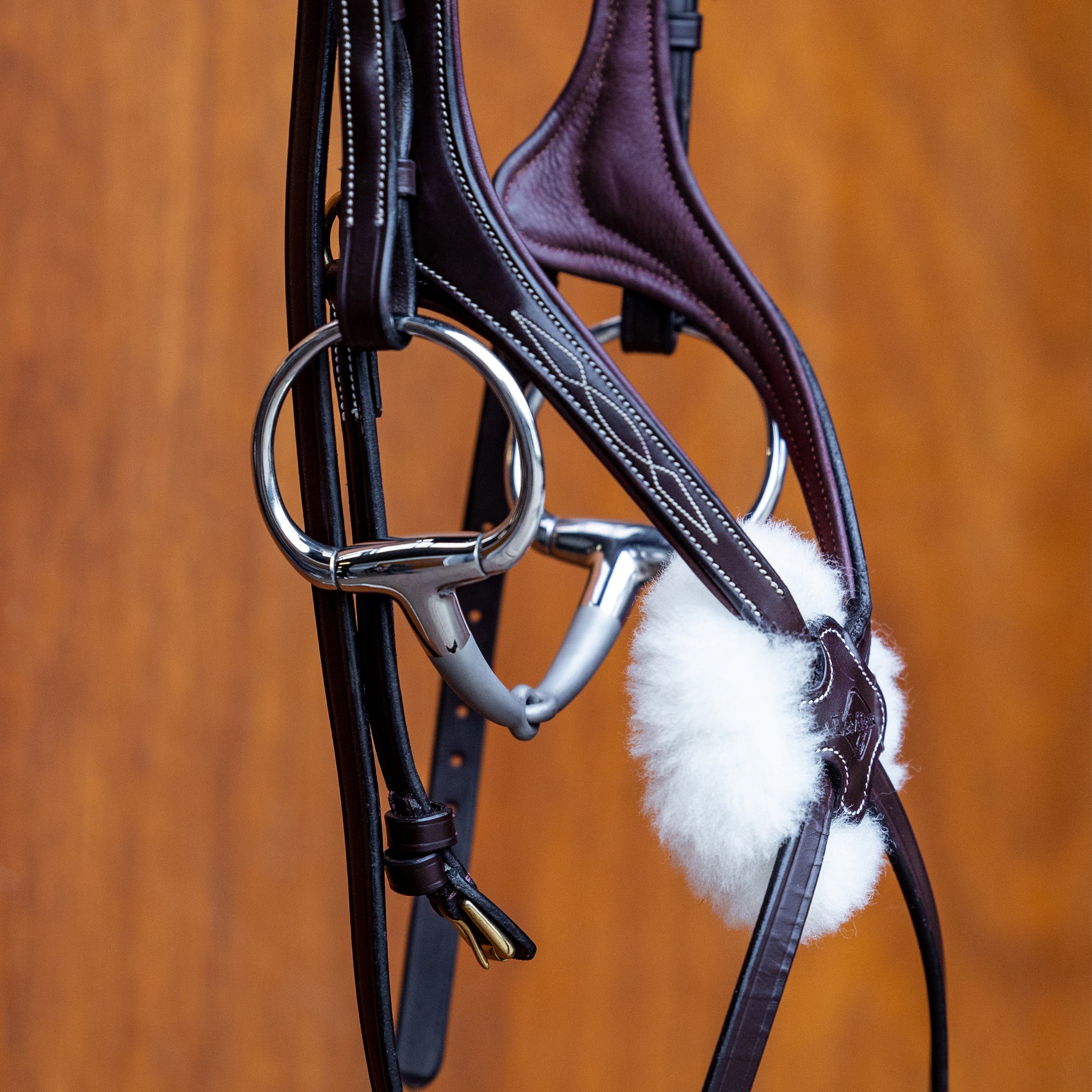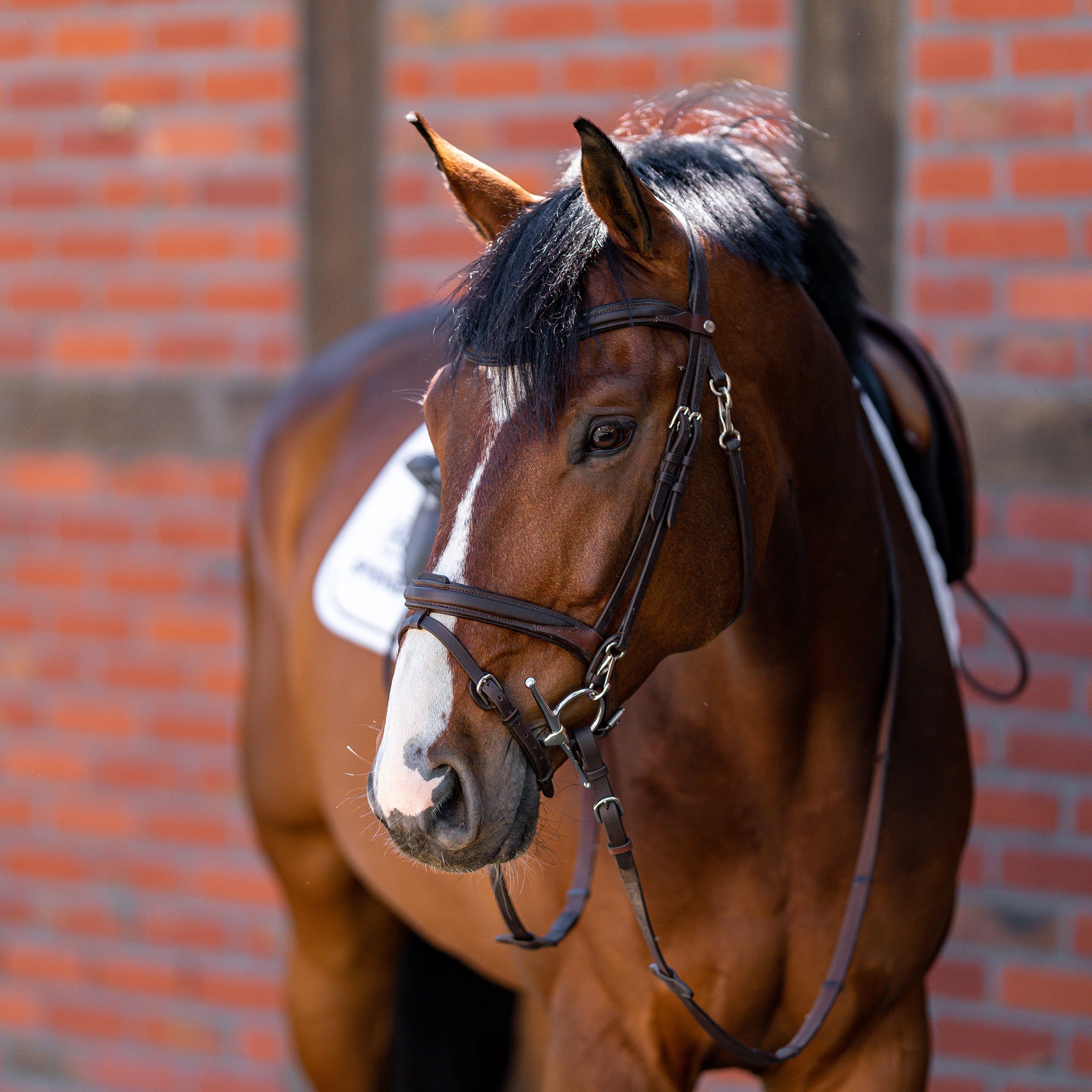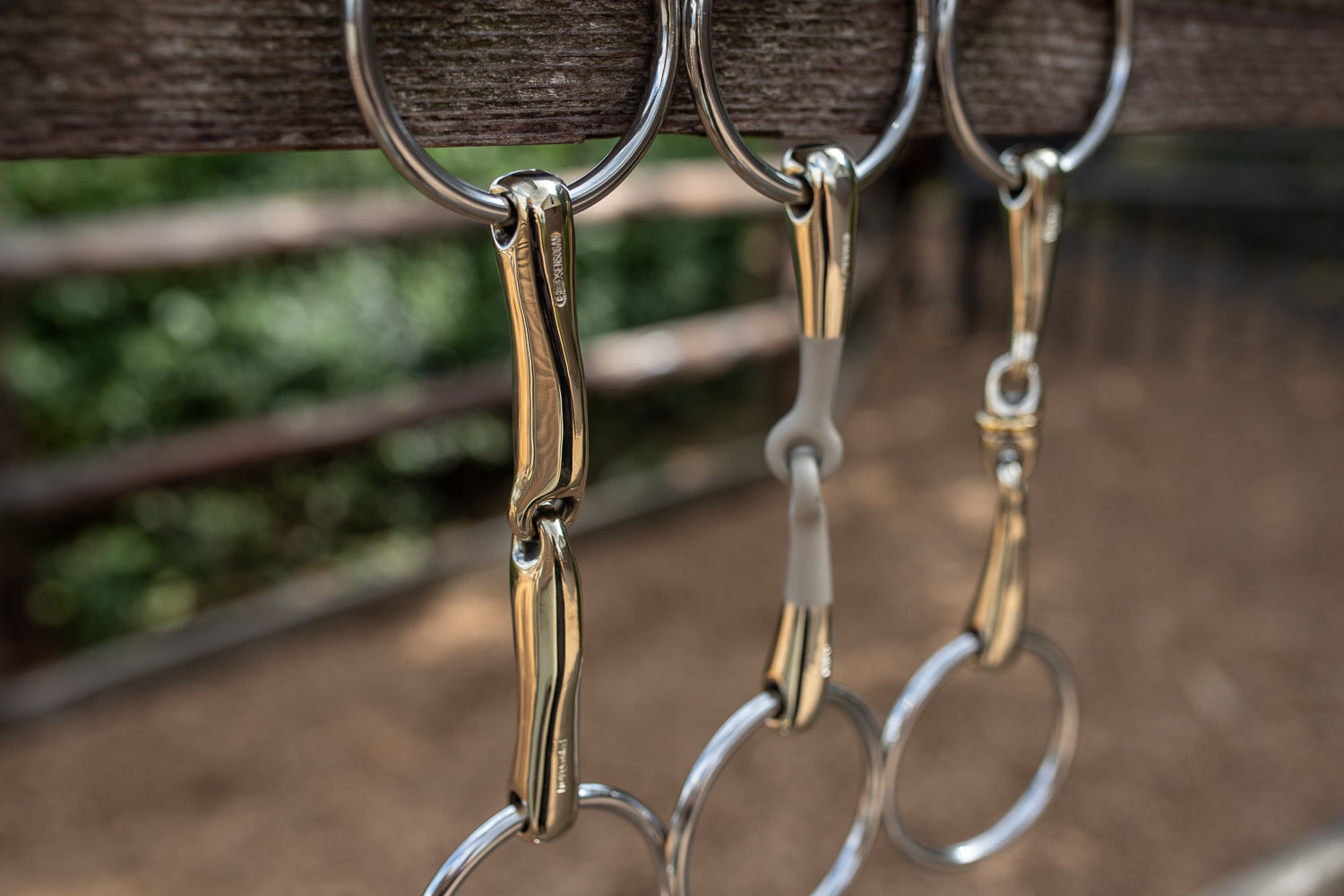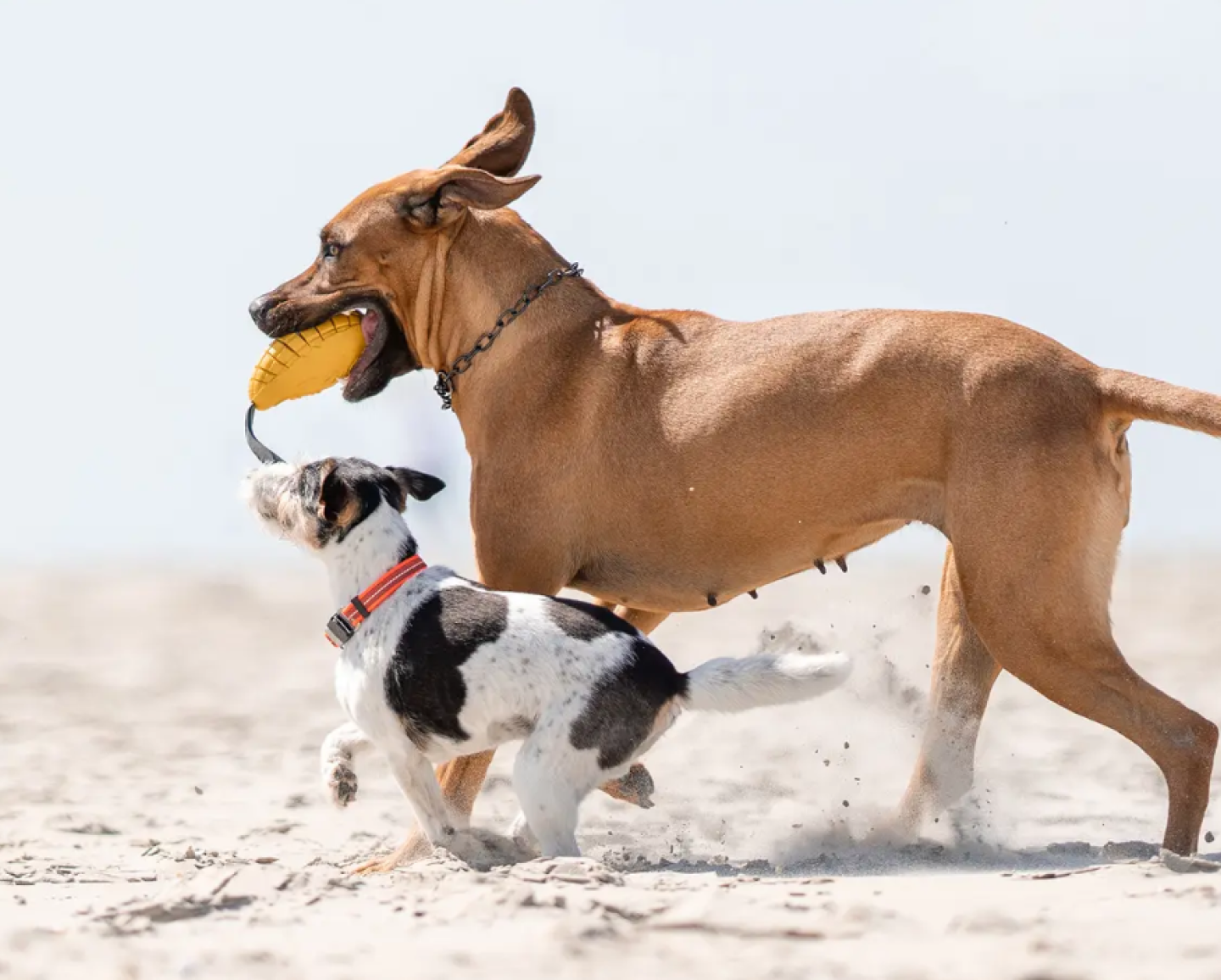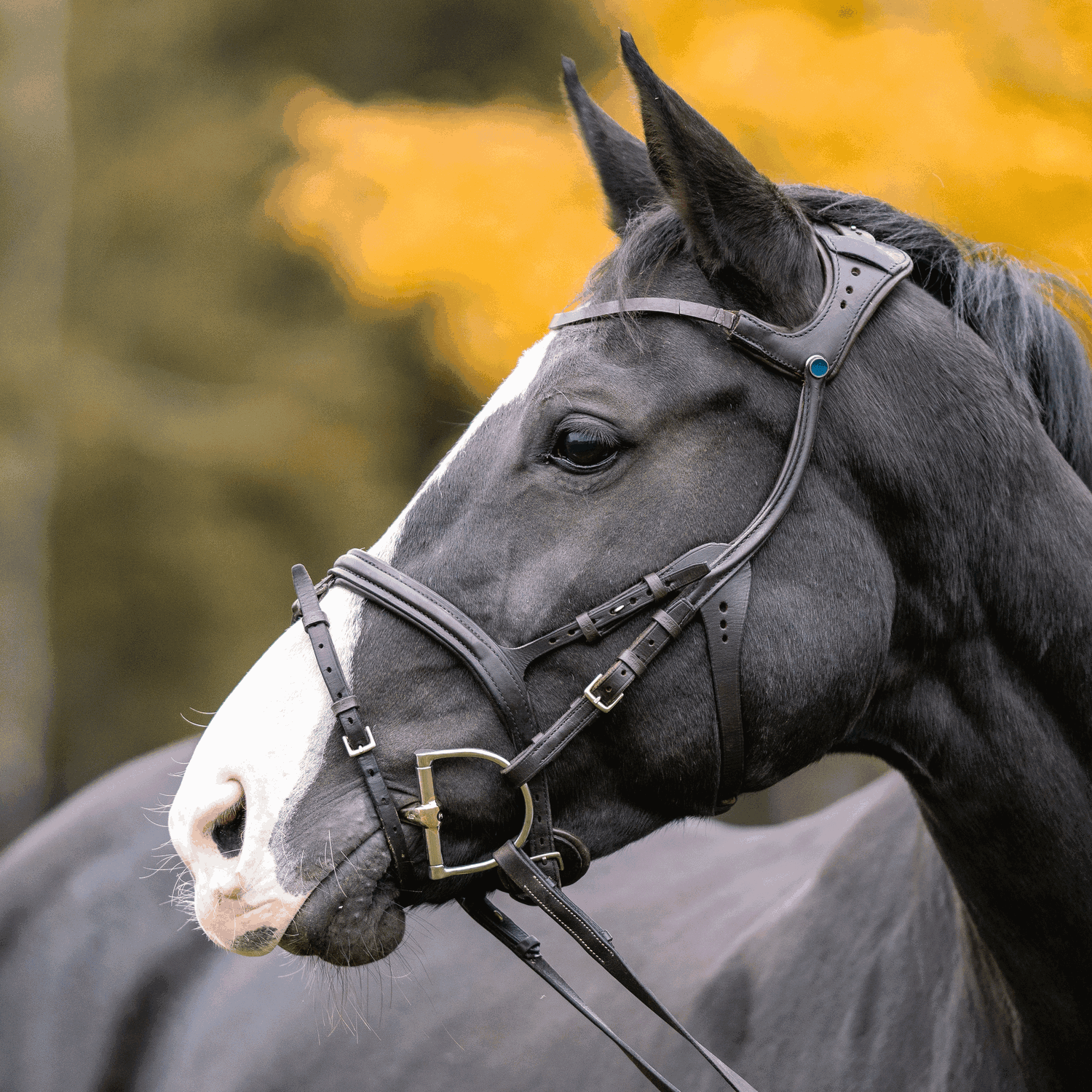
The correct bit plays a major role in ensuring harmonious communication between rider and horse, as the right bit not only ensures correct transmission of the rein aid, but also helps to prevent pressure points and discomfort. In addition to the type of bit that suits the requirements of the horse and the rider, the correct bit size plays a particularly important role. Both a bit that is too small and one that is too large can lead to problems. In this article, you will find out how to find the right bit size for your horse and which factors you need to consider when making your choice.
Translated with DeepL.com (free version)
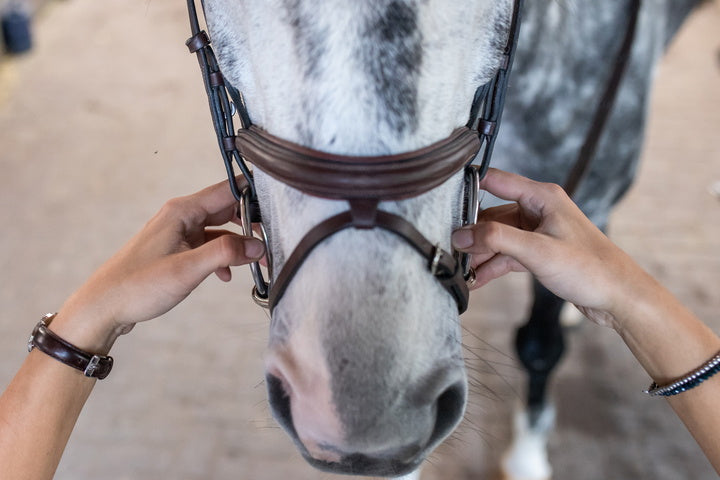
Why is bit size important for horses?
The size of the bit influences how the bit lies in the horse's mouth and how the cheeks fit at the corners of the mouth. As the mouthpiece of the bit directs the pressure of the rein aid to the horse's tongue and lower jaw, the size also influences where the pressure is applied. An incorrectly selected bit size can therefore not only result in the rein aids not arriving precisely, but can also lead to unpleasant pressure points in the horse's sensitive mouth. General dissatisfaction and poor acceptance of the bit can also be due to an incorrect bit size. This can manifest itself, for example, in the horse lying down on the reins, being mouthy or shaking its head to escape the uncomfortable pressure, and the side pieces should not be neglected when choosing the right bit size. With loose ring snaffles, a bit that is too small can squeeze the corners of the mouth as the rings cannot move freely in the holes of the mouthpiece. In the case of fixed side pieces, such as eggbut bits or full cheek snaffles, the corners of the mouth or the muzzle flesh can be squeezed between the side piece and the molar if the size is unsuitable. If the eggbut bit is too large, the lateral part cannot provide any support.
So to summarize once again, we need the right bit size:
- to avoid pressure points and provide comfort for the horse
- to make sure our aids are trasnmitted correctly

How do you measure the correct horse bit size? After the points above, are you unsure and wondering how exactly you can find out the correct bit size for your horse? Don't worry, it's not that difficult! The easiest way is to use our bit width measure, which you can download here. Quickly printed out and put together, you can hold it to the left and right of your horse's mouth and use the scale to see which bit size is the right one. Alternatively, you can also put a bit that you have to hand (perhaps borrowed from a stable colleague) into a bridle and then check whether this size is suitable or whether you should choose a size larger or smaller. To do this, pull the mouthpiece slightly apart at the sides of a correctly buckled bit so that it lies straight in the horse's mouth and there is the same amount of space on the left and right sides. With a loose ring snaffle, the rings should be able to move freely without jamming and allow a maximum of half a centimeter to protrude between the ring and the corner of the mouth on each side. With eggbut or D-ring bits, the side part must lie close to the corner of the mouth, as this is the only way to limit the horse laterally and support it when riding turns. On our bit width measure you can see the correct size for both bit variants: for bits with fixed side pieces, one size smaller is usually selected.
To choose the right bit size, you can use our so-called 2-finger test. To do this, place your index and middle fingers on top of each other and place them in the horse's mouth at the point where you want the bit to lie later (there are no teeth at this point, but be careful nonetheless!) If you feel pressure on your fingers when the incisors are closed, you should choose a maximum thickness of 16 mm. Alternatively, you can fit a bit into the horse's mouth and then look from the side to see how much room the current bit thickness has. You can then use our bit width measure to measure the thickness of the bit used and then know which one is best to choose.
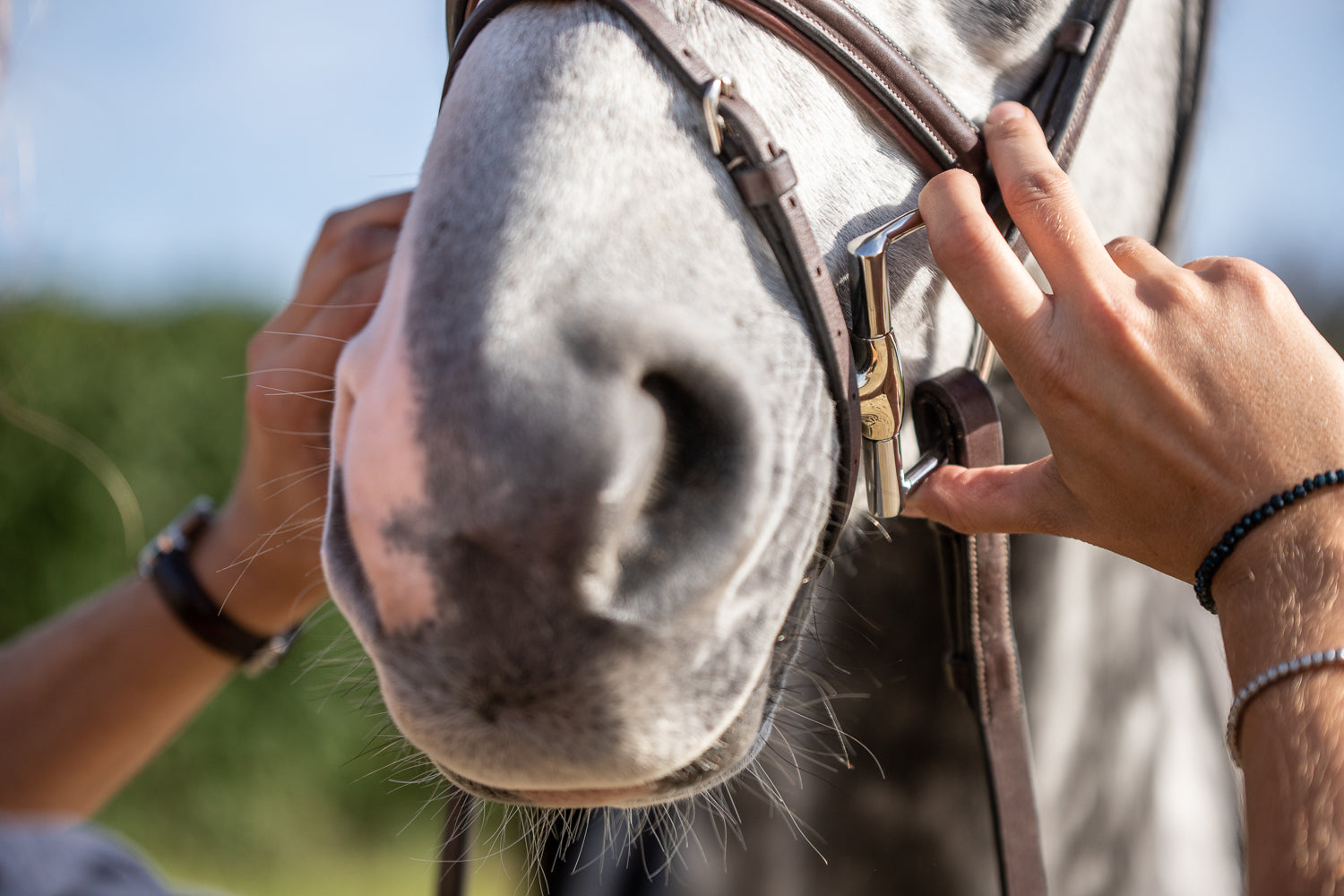
How do I know if I am using the right size of bit?
In the article 'Does my bit fit' you can read in detail how you can tell if your current bit fits. A short summary you can find here:
If your horse is happy, seeks contact and chews comfortably, the bit will probably be the right one. You can use the following as a guide for the correct buckling of the bit in the bridle: The crown of the bridle should be easy to pull over the horse's ears and the cheekpieces should not flicker when the reins are held. With a loose ring snaffle, there should be about 3-5 mm space between the bit ring hole and the corner of the mouth on both sides so that the sensitive corners of the mouth are not pinched when the rings are moving. For bits with fixed side pieces, such as eggbut bits, D-ring bits or full cheek snaffles, it is important that the side pieces fit snugly against the corner of the mouth. The corners of the mouth should not show any signs of bruising or redness, neither on the inside nor on the outside. The bit must never come into contact with the teeth! There should be at least a finger's width of space between the mouthpiece and the first molar.
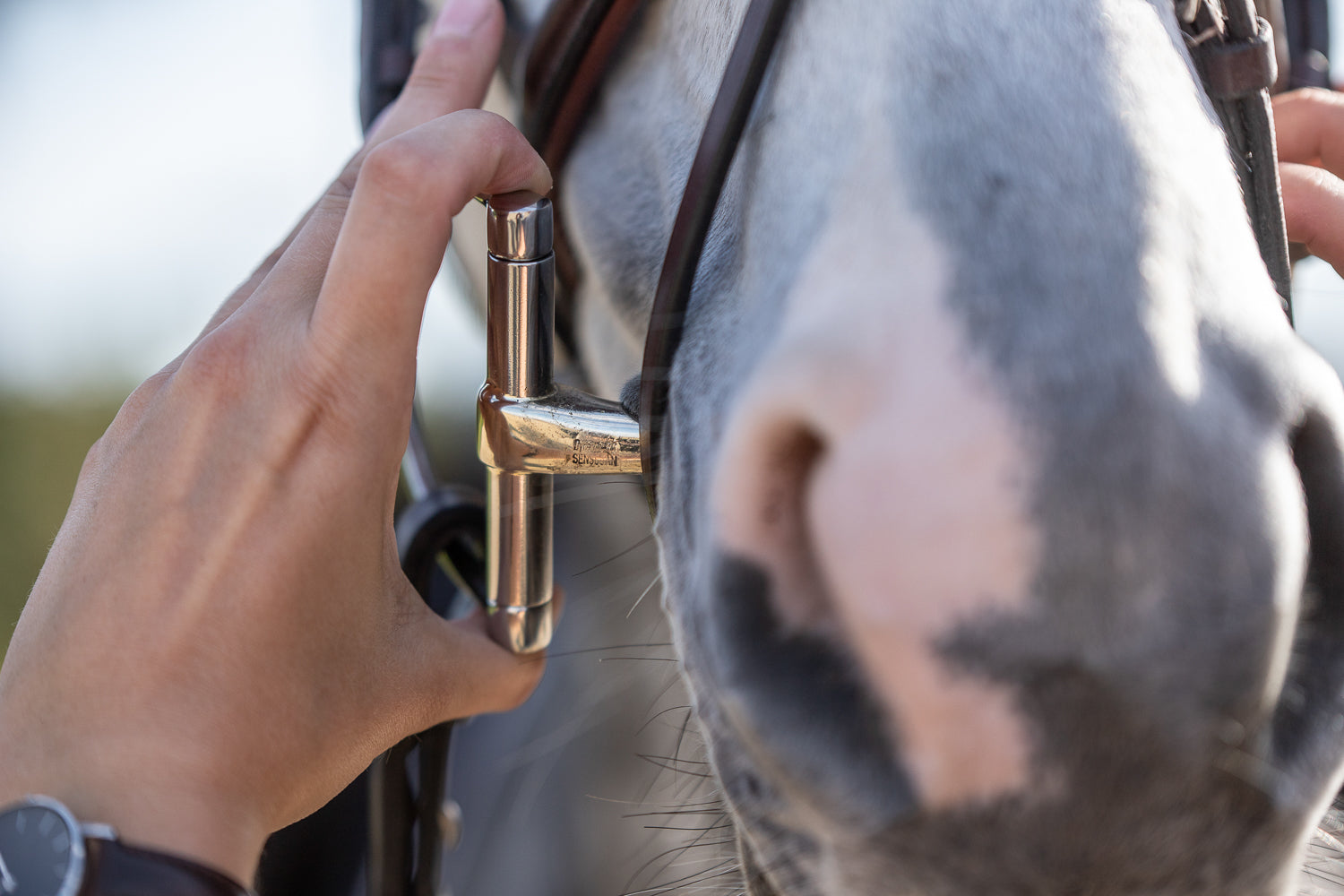
The most common bit size mistakes
Bits that are too big
Unfortunately, the most common mistake we see is riders using bits that are too big. Among other things, this encourages the nutcracker effect with single jointed bits that are not anatomically shaped. When a stronger rein is applied, the joint in the middle rises up and the pressure is transferred to the lower jaw - more than uncomfortable for the horse. To prevent the nutcracker effect, we have developed specially angled anatomical bits, but the right size is nevertheless also crucial.

A bit that is too thick
Many of us riders still remember the saying 'the thicker the bit, the softer'. This is not fundamentally wrong, but today's horses have very delicate and short mouths, which cannot be compared with the heavier built warmbloods of the last century.
In addition, they often have thick tongues, which leave very little space in the mouth for the bit, so that small bit thicknesses should be used for a suitable bit. Our novocontact bits are a special feature for all those who still want a wide contact surface. Thanks to their special oval shape, they offer a particularly wide contact surface (similar to a thick bit) with a low thickness. You can read more about the SPRENGER novocontact bits in the article 'Problems: constant contact, horse makes itself strong | novocontact bits'.
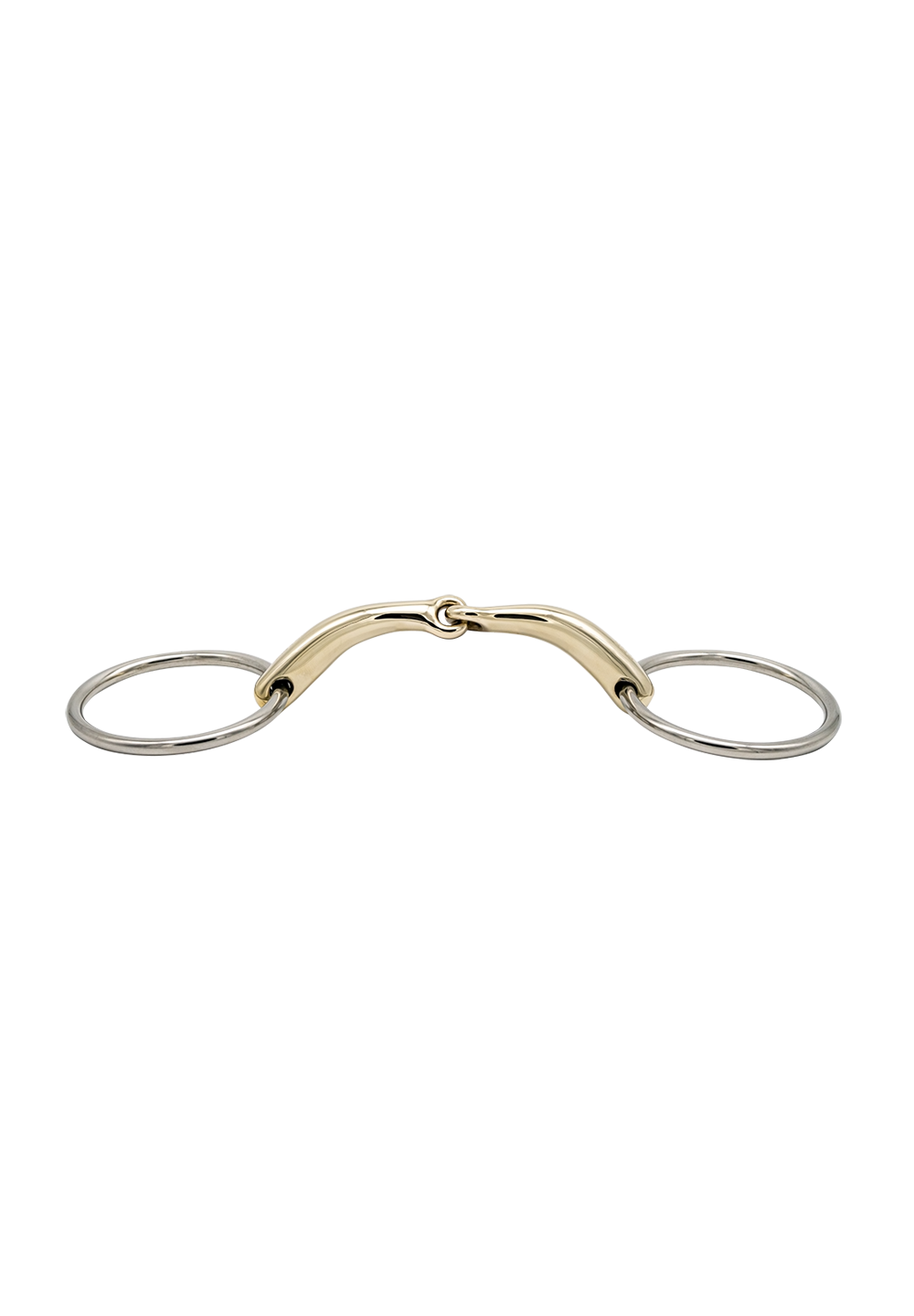
Mouth shape not taken into account
Not every bit shape is suitable for every horse's mouth. For very sensitive horses that have a particularly thick tongue and a small mouth, anatomical bits that also have a curved shape are suitable to promote a trusting contact.
You can read more about the SPRENGER Dynamic RS bits in the article 'Small mouth, thick tongue! | Dynamic RS bits'. Curved bit shapes, for example our Dynamic RS bit, can press the corners of the mouth of horses with a lot of lip flesh against the molar due to their shape. Anatomical bits with a straighter shape are much more suitable for these horses, e.g. the SPRENGER KK ULTRA bits. You can find out more about this bit shape in our blog 'Thin tongue, small mouth, lots of lip - KK ULTRA bits'.



